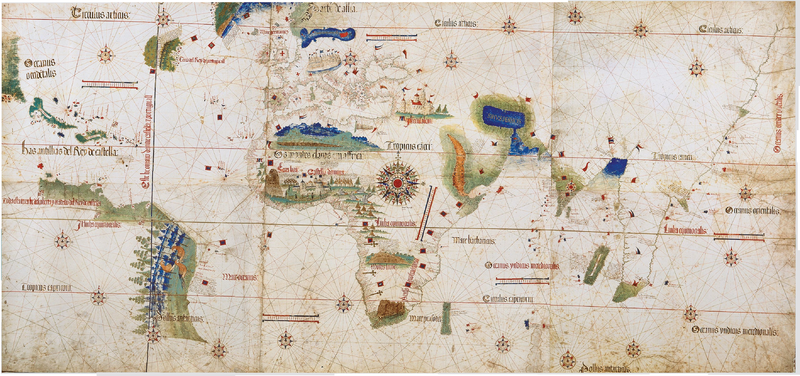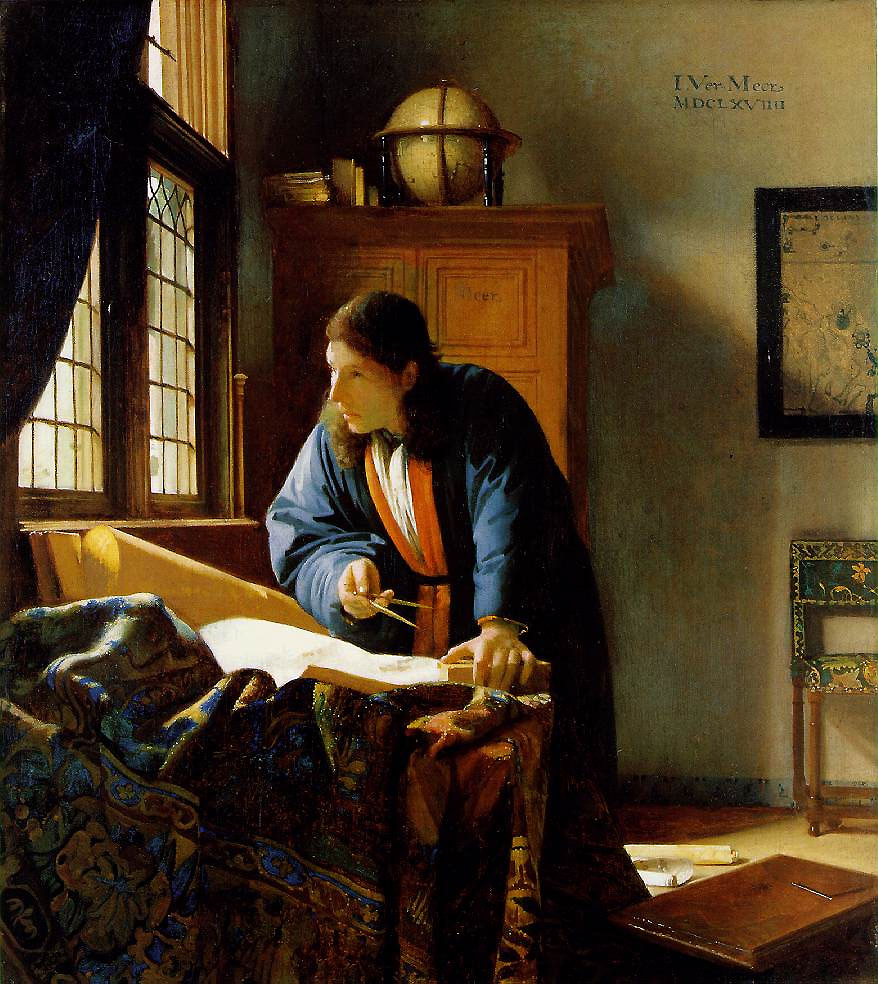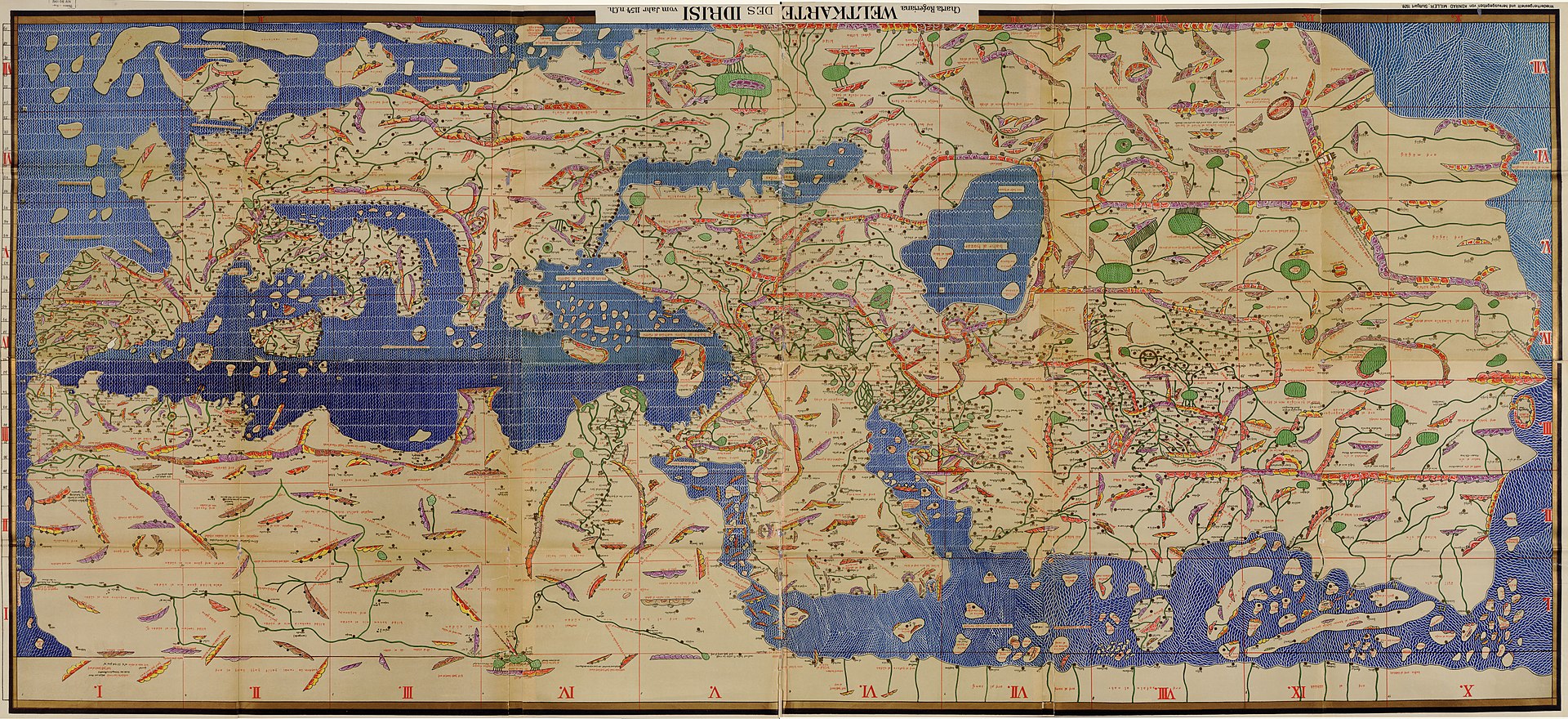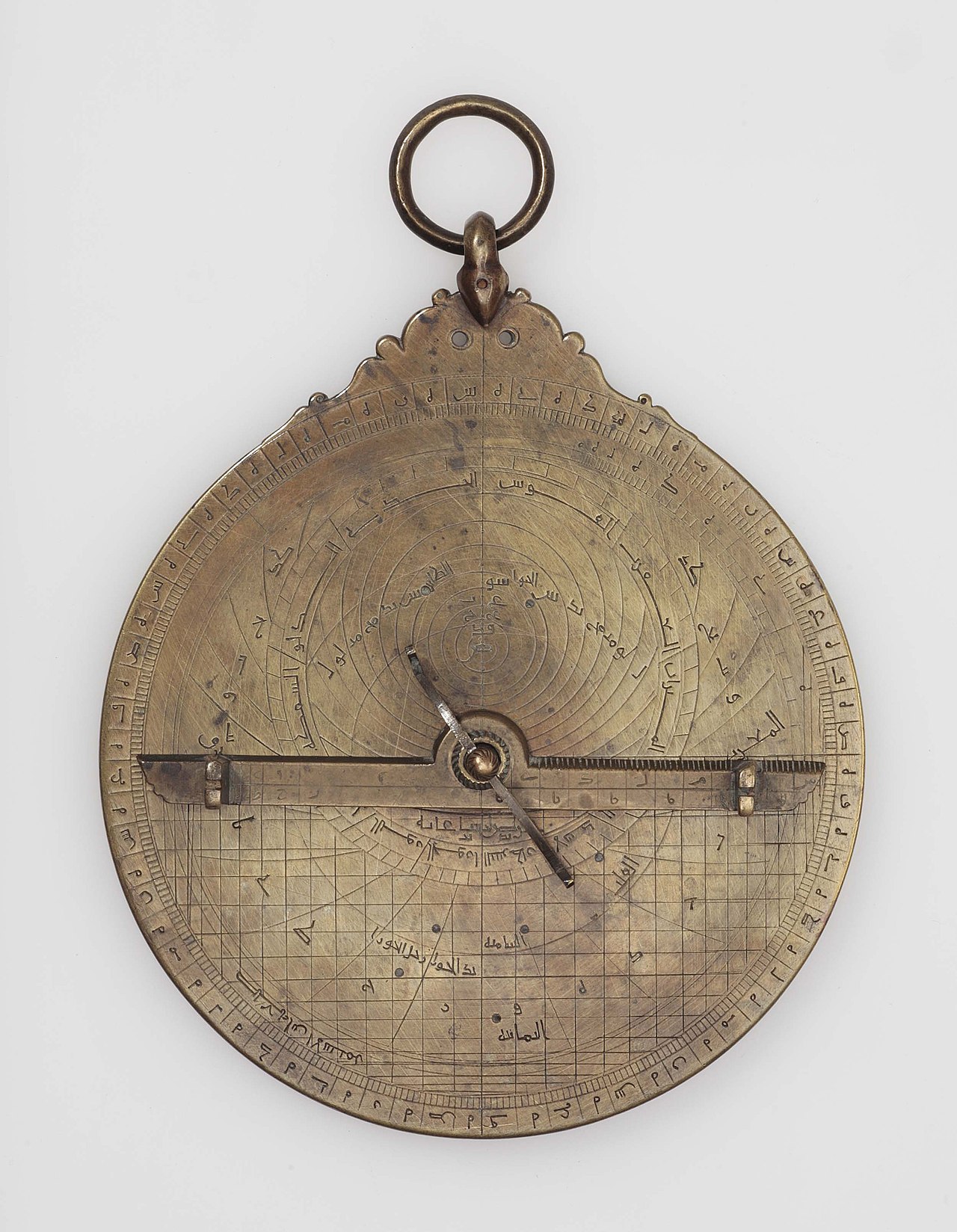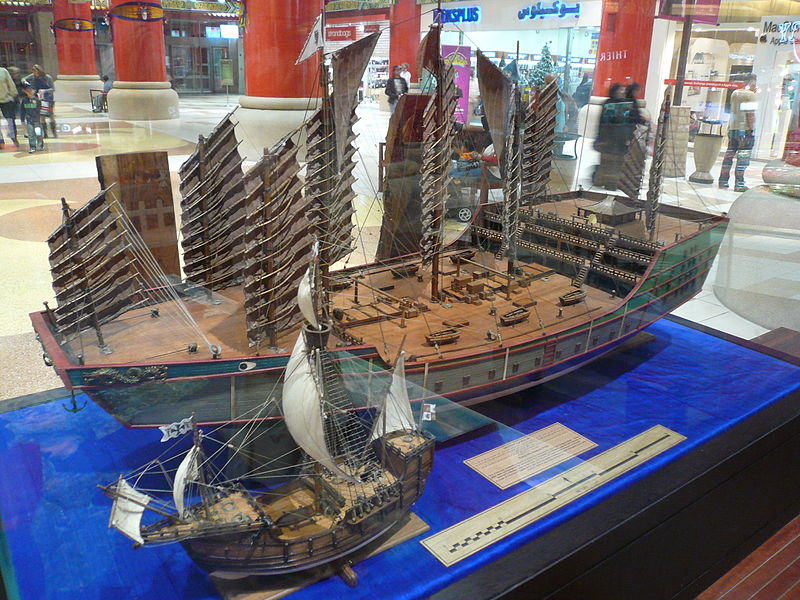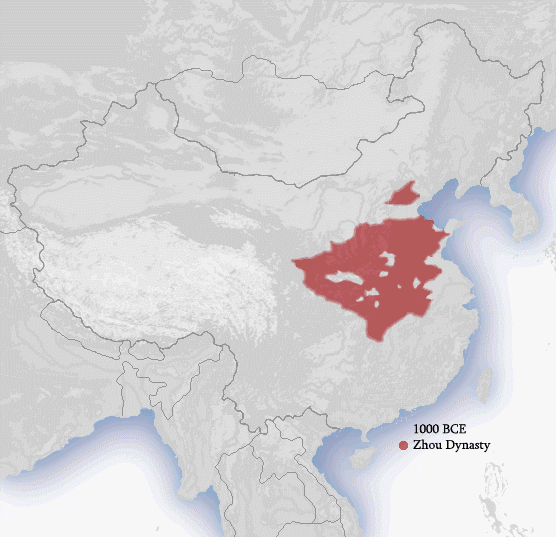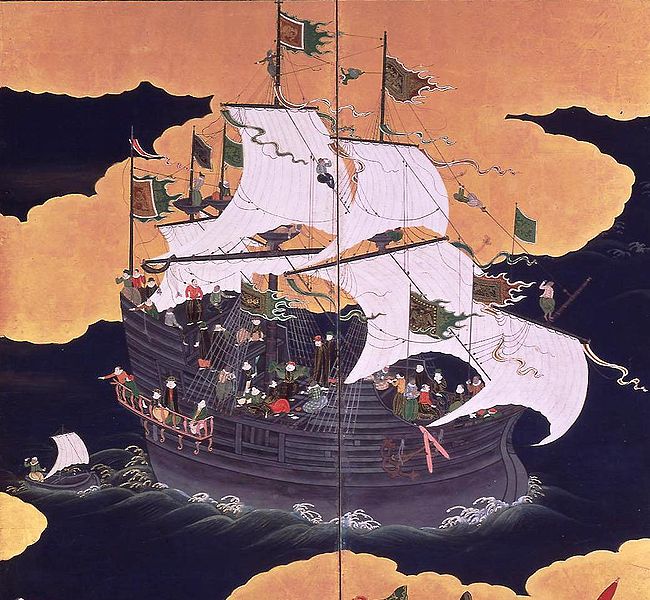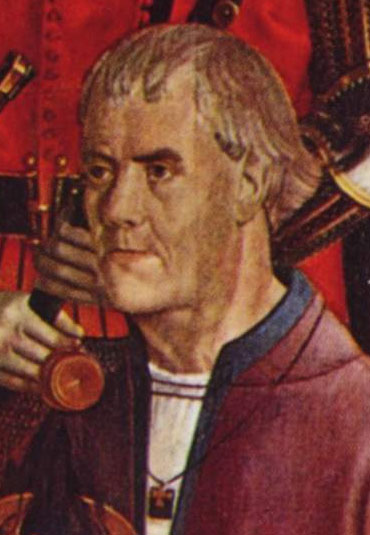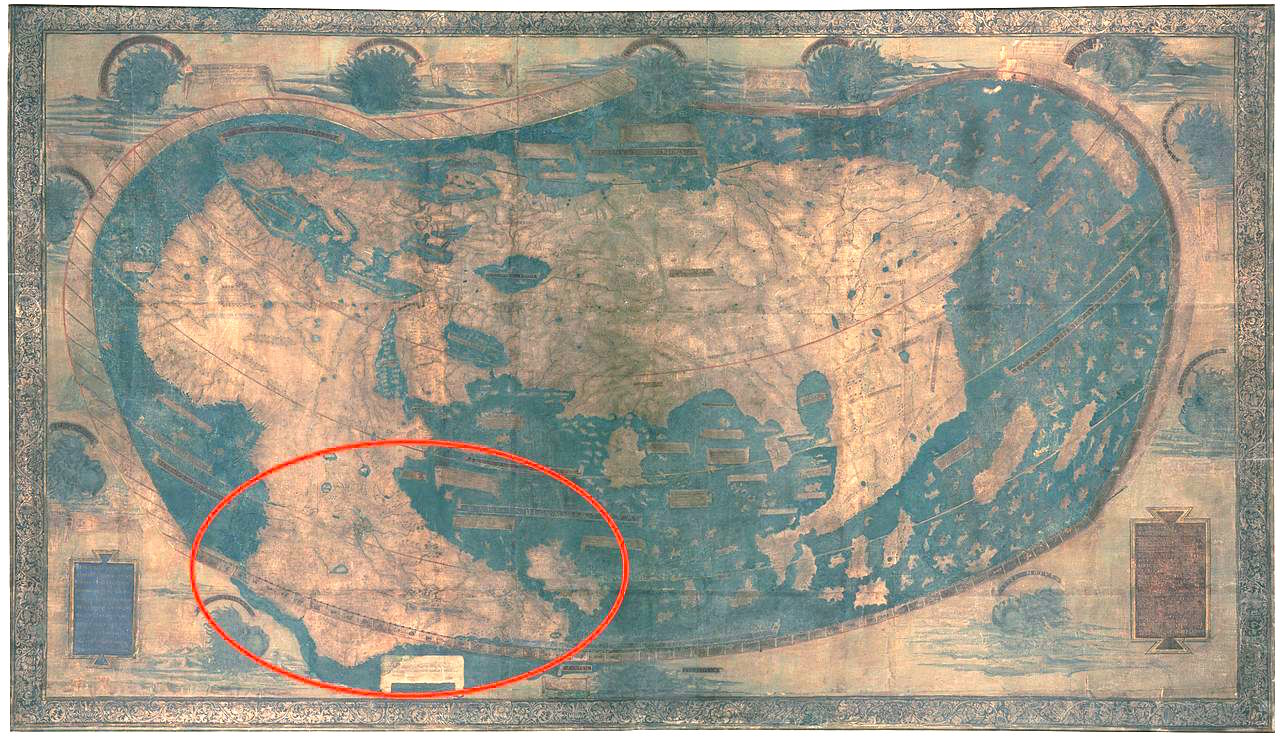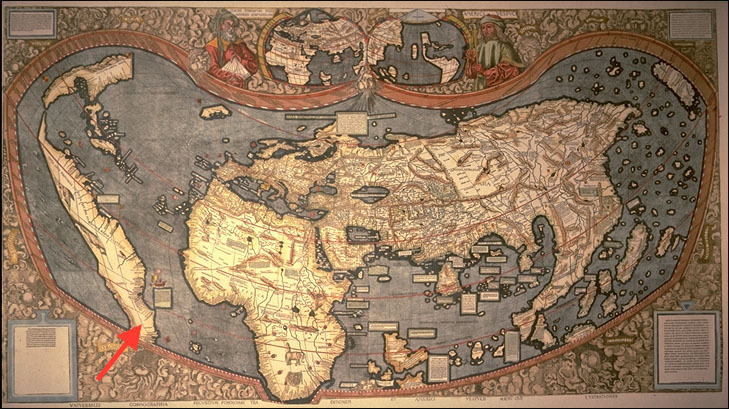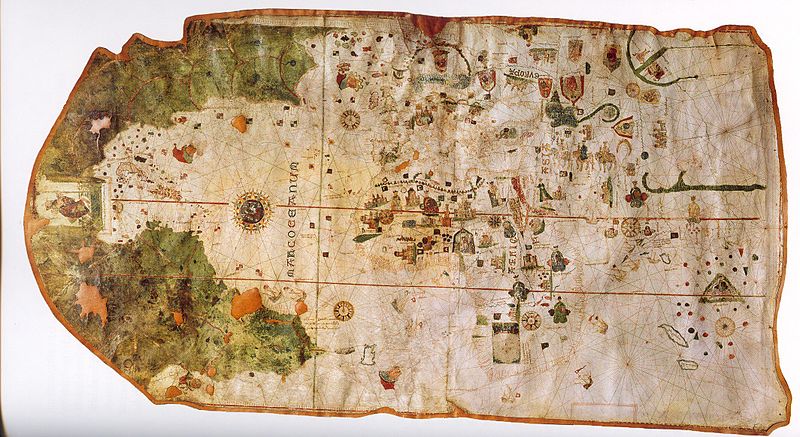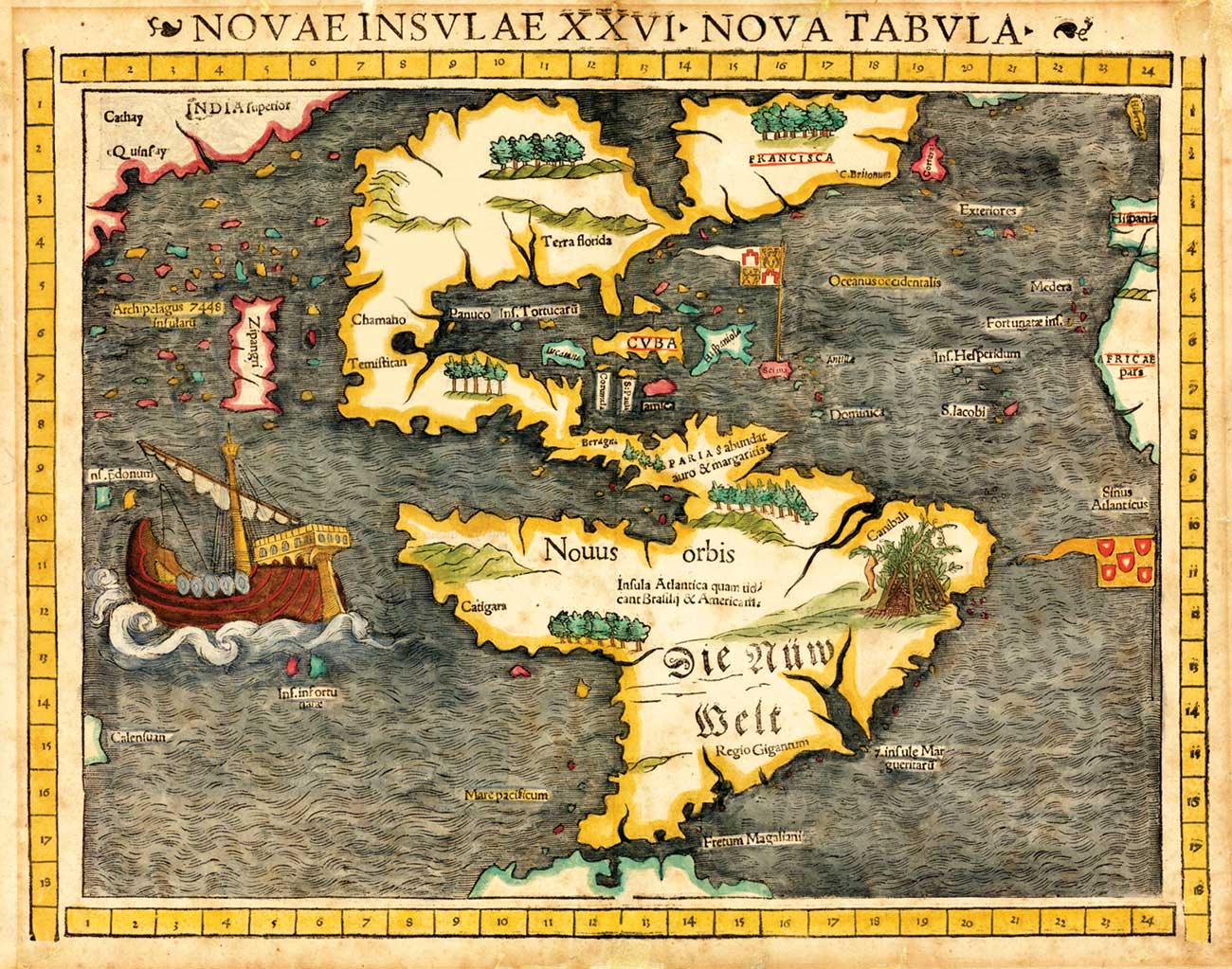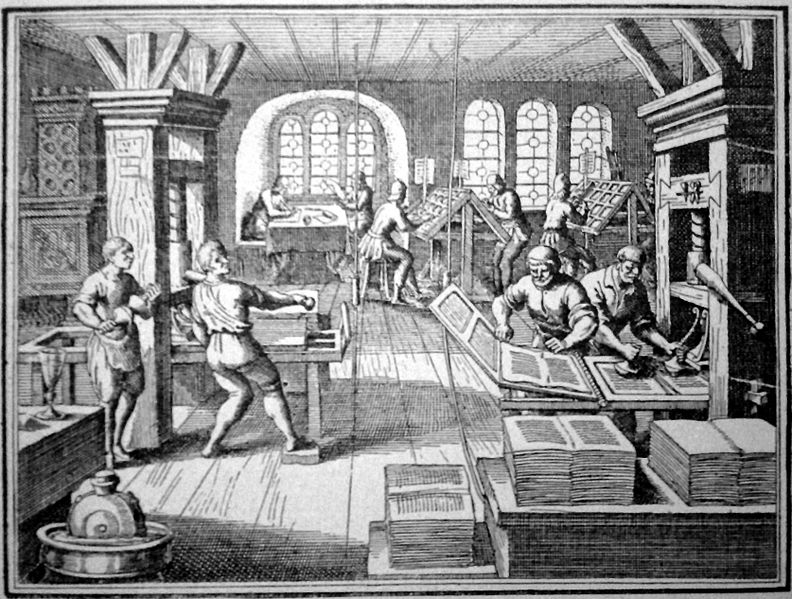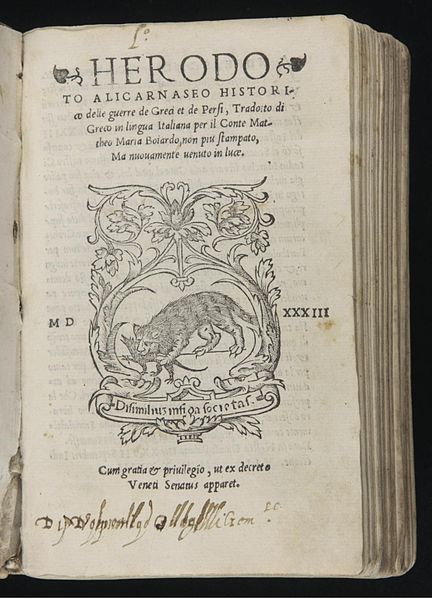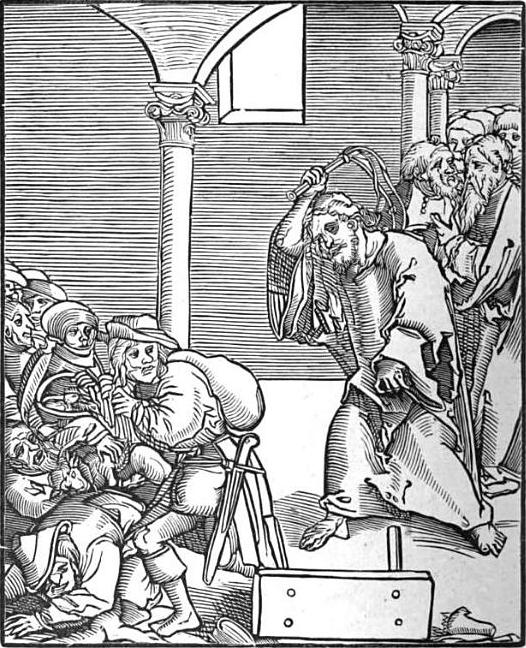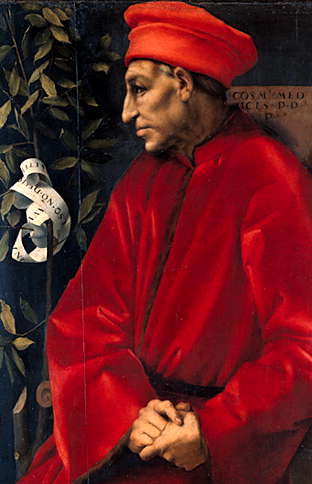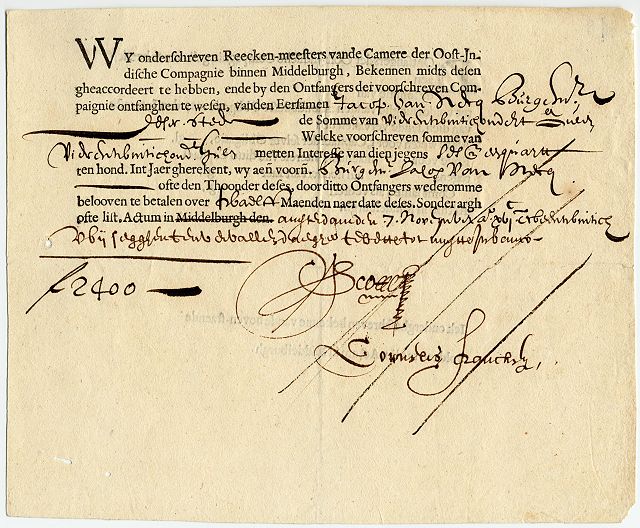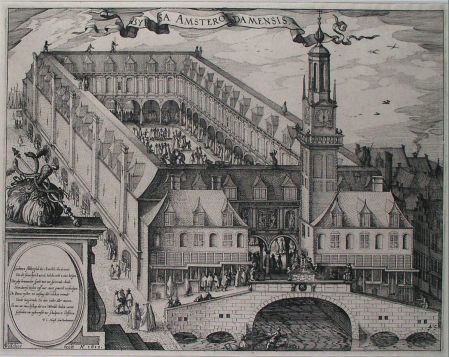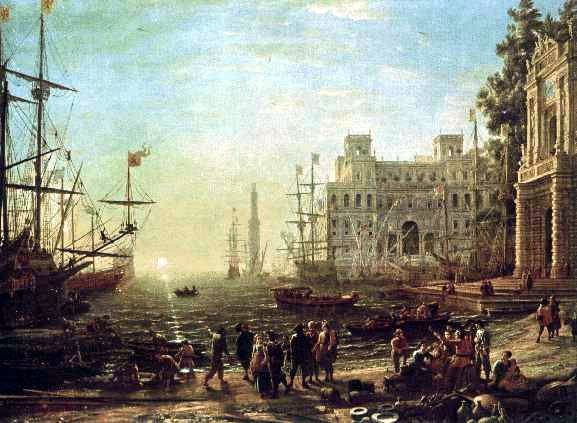We’ve explored some of America’s ancient history in Chapter 1, learning that Indigenous Peoples migrated there from Asia as far back as 25k+ years ago and that, thousands of years later, Vikings and perhaps Polynesians skirted America’s shores in the Middle Ages, centuries before Christopher Columbus built Spanish colonies in the Caribbean. Ensuing colonies laid the foundation for the United States and are best approached, at first, from the perspective of European and African history. Here, we’ll examine how technological and financial revolutions enabled overseas expansion during the European Renaissance. In coming chapters, we’ll investigate how the Protestant Reformation, English politics, and African slavery shaped early American history.
Renaissance
America was settled during a European revival. The commonly held story of European history describes a steep decline from Classical Mediterranean civilizations after the downfall of the Roman Empire into the “short, brutish and nasty” Dark Ages (roughly 400-1350 CE) when disorder and death reigned even more than usual. We also call this period the Middle Ages, though it was no more in the middle of time than any other age (medieval is Latin for the middle). The only framework that held together any notion of a unified medieval Europe was Christianity, in the form of what we now call the Catholic Church. Then Europe began to revitalize during the Renaissance when explorers found and settled the Americas. The modern Italian Rinascimento or French Renaissance translate roughly into rebirth, meaning that Europe reacquainted itself with the Classical world of ancient Greece and Rome as it climbed out of the muck into a new age, all the while challenging the monopoly of the Catholic Church. This is when science and reason began to compete for space in our brains with our ongoing belief in the otherworldly.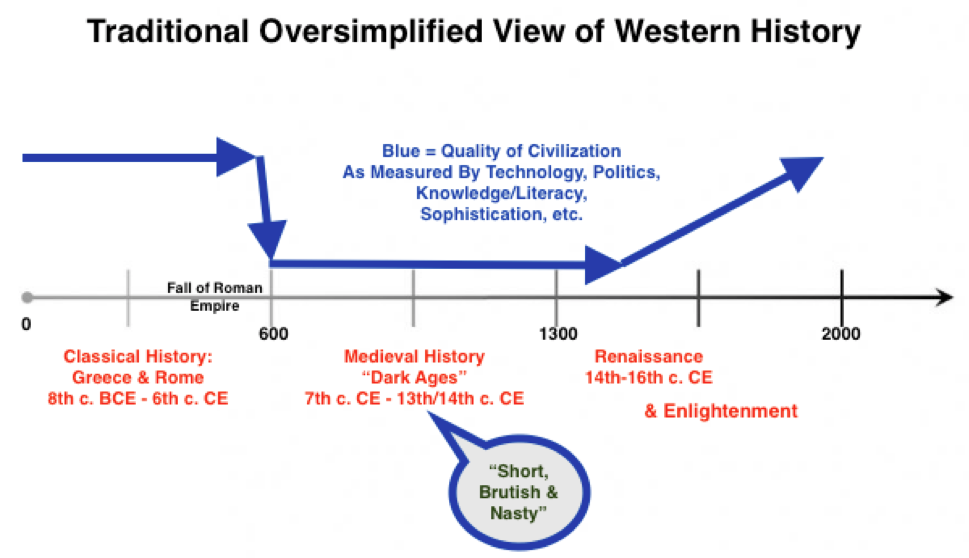
Like many big historical frameworks, this meta-narrative is a good starting point but it’s exaggerated and oversimplified. For most Europeans, especially peasants, their daily lives during the Renaissance would not have seemed much different than previous centuries. Life was still dirty, dark, violent, painful, and provincial by modern standards. They still would’ve married and had children as teenagers. The world would’ve been quieter and looked fuzzier for those not blessed with 20/20 vision, and the population on average was smaller and smellier (they weren’t a lot younger on average; lower life expectancies were due mainly to higher infant mortality rates). No one blew a whistle in 1350 and announced that the Dark Ages were over and that a new sunnier era had begun when everyone would be smarter and healthier. Though the most famous Black Death ended around that time, plagues continued to sweep across Europe periodically.
Likewise, it’s not true that the Middle Ages were devoid of any light, learning, humanity or sophistication, even if they lacked the political framework to contain mayhem by modern standards. Instead of blaming Catholics for merely keeping people in a stranglehold of illiteracy, torture and thought control, you could plausibly credit the medieval Church for keeping some cultural fires from antiquity burning in the form of Scriptural literacy, architecture, music and, dare we say, even science: a medieval Augustinian friar, Roger Bacon (1220-1292), helped establish the scientific method with optical experiments. Moreover, Catholicism didn’t go away during the Renaissance – far from it — but it had to defend its turf against science and rebellious Christians.
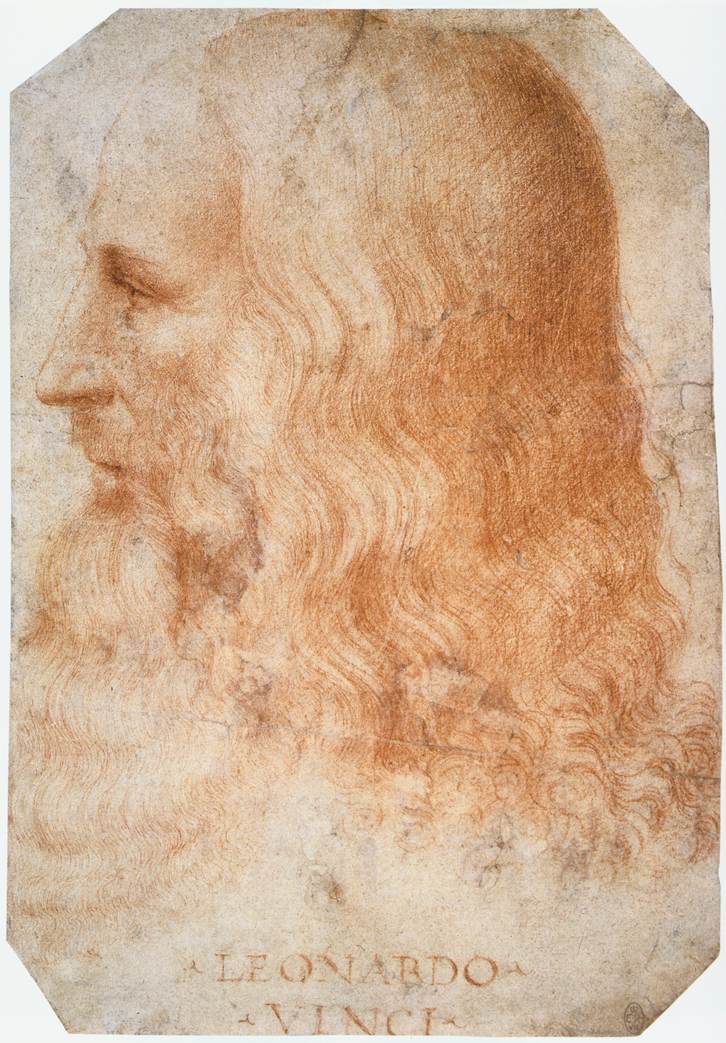 Yet, if there was no clean break with the Middle Ages, Renaissance thinkers like Leonardo da Vinci put a renewed emphasis on earthly matters like anatomy, optics, and engineering, while astronomers Nicolaus Copernicus, Giordano Bruno, and Galileo Galilei challenged the Catholics’ Greek-Aristotelian view of an Earth-centered, geocentric universe (today 100% of astronomers and around 80% of Americans agree with Copernicus that Earth revolves around the Sun, not vice-versa). Leonardo, too, concluded that the Earth went around the Sun but didn’t have time to follow up on it. Meanwhile, Christians like Martin Luther challenged Catholic authority, as we’ll see in Chapter 4. But the key omission in the traditional, grand narrative of European history and the Renaissance mentioned above is that the wisdom of ancient Greeks and Romans seems to disappear altogether for a thousand years, as if it was buried in the ground or hidden inside the Classical ruins medieval Europeans saw decaying all around them. It’s more accurate to say that the intellectual and cultural center of gravity shifted to Arabia, Persia, and East Asia during this era. Leonardo is a good example of this shuttling back-and-forth of ideas. Not only did he typify the Renaissance with his wide interests — ranging from painting and sculpture to ornithology, aviation, botany, hydrology, geology, astronomy, etc. — he took advantage of the newly invented printing press to read Arab scientists like Hasan Ibn al-Haytham (aka Alhazen), borrowing and refining their work which, in turn, had borrowed from and refined that of ancient Romans and Greeks like Heron of Alexandria. Arab astronomers likewise triggered Copernicus’ famous heliocentric insight. Science and material culture often transcend ethnic, religious, and political boundaries. Medieval Persian libraries like the one at the Academy of Gondishapur collected wisdom and artifacts from around the Mediterranean and Asian world, the same way the Great Library of Alexandria (Egypt) had before it was mostly burned.
Yet, if there was no clean break with the Middle Ages, Renaissance thinkers like Leonardo da Vinci put a renewed emphasis on earthly matters like anatomy, optics, and engineering, while astronomers Nicolaus Copernicus, Giordano Bruno, and Galileo Galilei challenged the Catholics’ Greek-Aristotelian view of an Earth-centered, geocentric universe (today 100% of astronomers and around 80% of Americans agree with Copernicus that Earth revolves around the Sun, not vice-versa). Leonardo, too, concluded that the Earth went around the Sun but didn’t have time to follow up on it. Meanwhile, Christians like Martin Luther challenged Catholic authority, as we’ll see in Chapter 4. But the key omission in the traditional, grand narrative of European history and the Renaissance mentioned above is that the wisdom of ancient Greeks and Romans seems to disappear altogether for a thousand years, as if it was buried in the ground or hidden inside the Classical ruins medieval Europeans saw decaying all around them. It’s more accurate to say that the intellectual and cultural center of gravity shifted to Arabia, Persia, and East Asia during this era. Leonardo is a good example of this shuttling back-and-forth of ideas. Not only did he typify the Renaissance with his wide interests — ranging from painting and sculpture to ornithology, aviation, botany, hydrology, geology, astronomy, etc. — he took advantage of the newly invented printing press to read Arab scientists like Hasan Ibn al-Haytham (aka Alhazen), borrowing and refining their work which, in turn, had borrowed from and refined that of ancient Romans and Greeks like Heron of Alexandria. Arab astronomers likewise triggered Copernicus’ famous heliocentric insight. Science and material culture often transcend ethnic, religious, and political boundaries. Medieval Persian libraries like the one at the Academy of Gondishapur collected wisdom and artifacts from around the Mediterranean and Asian world, the same way the Great Library of Alexandria (Egypt) had before it was mostly burned.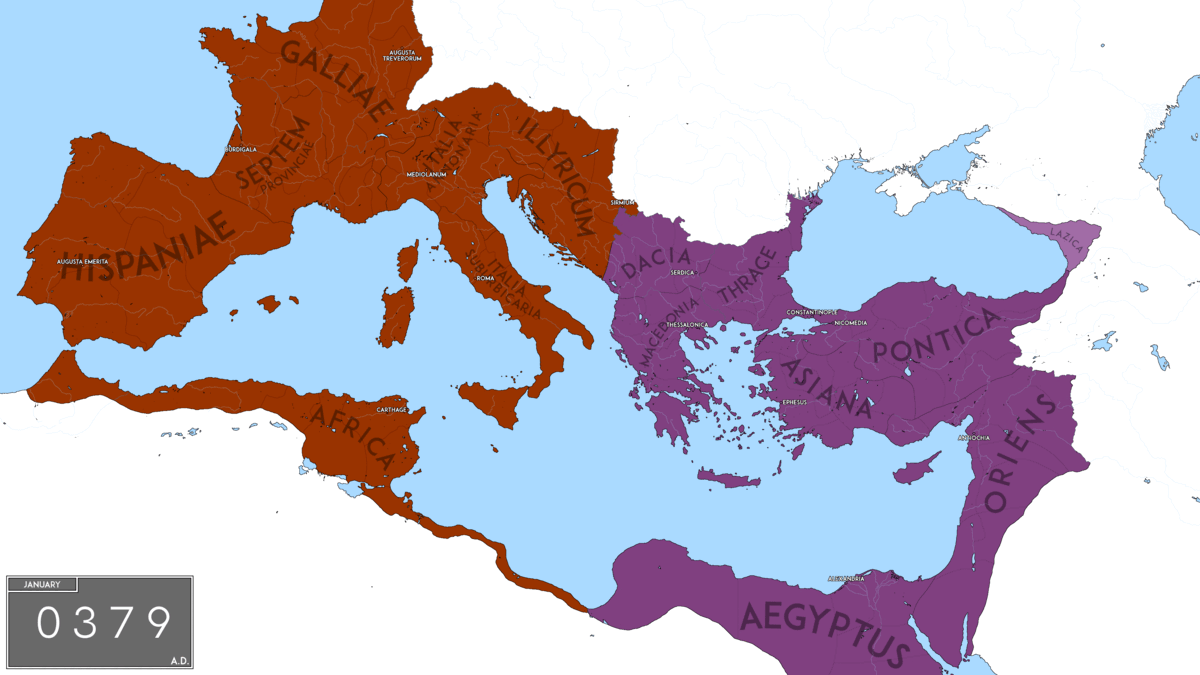
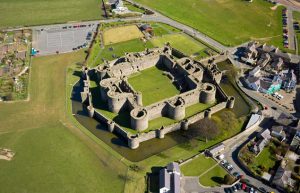 The key to understanding the transition from medieval to Renaissance Europe is to zoom out the lens and pan right (east) to broaden the geographic scope beyond Europe. During the Middle Ages, Classical math, engineering, and philosophy didn’t disappear so much as they migrated from Greece and Italy toward the eastern part of the old Roman Empire (Byzantium, above) centered in Constantinople (now Istanbul) and, further east, to Arabia and Persia. Medieval Muslims kept alive and built on Classical math and engineering while also ferrying technology and crops from East Asia to Europe that Europeans learned about when they tried to wipe out Islam and liberate the Holy Land during the Crusades, a series of military campaigns from 1095 to 1291 inspired in part by the Christian Norman Conquest of Sicily from Muslims ending in 1091. The Knights Templar was the most famous crusading military order. Despite their violent nature, the Crusades and defensive wars blocking Ottoman expansion inadvertently conveyed trade and ideas between East and West. Crusaders, for instance, encountered concentric defense, curtain-walled forts that Khwarazmian Afghans had built to protect themselves against Mongol invaders in the 13th century. That style became the preferred fortification in Europe (right) then early America. And, because they explored the prospect of attacking Arabia from the southeast via the Indian Ocean, which never happened, Crusaders also expanded Europeans’ geographic and navigational knowledge.
The key to understanding the transition from medieval to Renaissance Europe is to zoom out the lens and pan right (east) to broaden the geographic scope beyond Europe. During the Middle Ages, Classical math, engineering, and philosophy didn’t disappear so much as they migrated from Greece and Italy toward the eastern part of the old Roman Empire (Byzantium, above) centered in Constantinople (now Istanbul) and, further east, to Arabia and Persia. Medieval Muslims kept alive and built on Classical math and engineering while also ferrying technology and crops from East Asia to Europe that Europeans learned about when they tried to wipe out Islam and liberate the Holy Land during the Crusades, a series of military campaigns from 1095 to 1291 inspired in part by the Christian Norman Conquest of Sicily from Muslims ending in 1091. The Knights Templar was the most famous crusading military order. Despite their violent nature, the Crusades and defensive wars blocking Ottoman expansion inadvertently conveyed trade and ideas between East and West. Crusaders, for instance, encountered concentric defense, curtain-walled forts that Khwarazmian Afghans had built to protect themselves against Mongol invaders in the 13th century. That style became the preferred fortification in Europe (right) then early America. And, because they explored the prospect of attacking Arabia from the southeast via the Indian Ocean, which never happened, Crusaders also expanded Europeans’ geographic and navigational knowledge.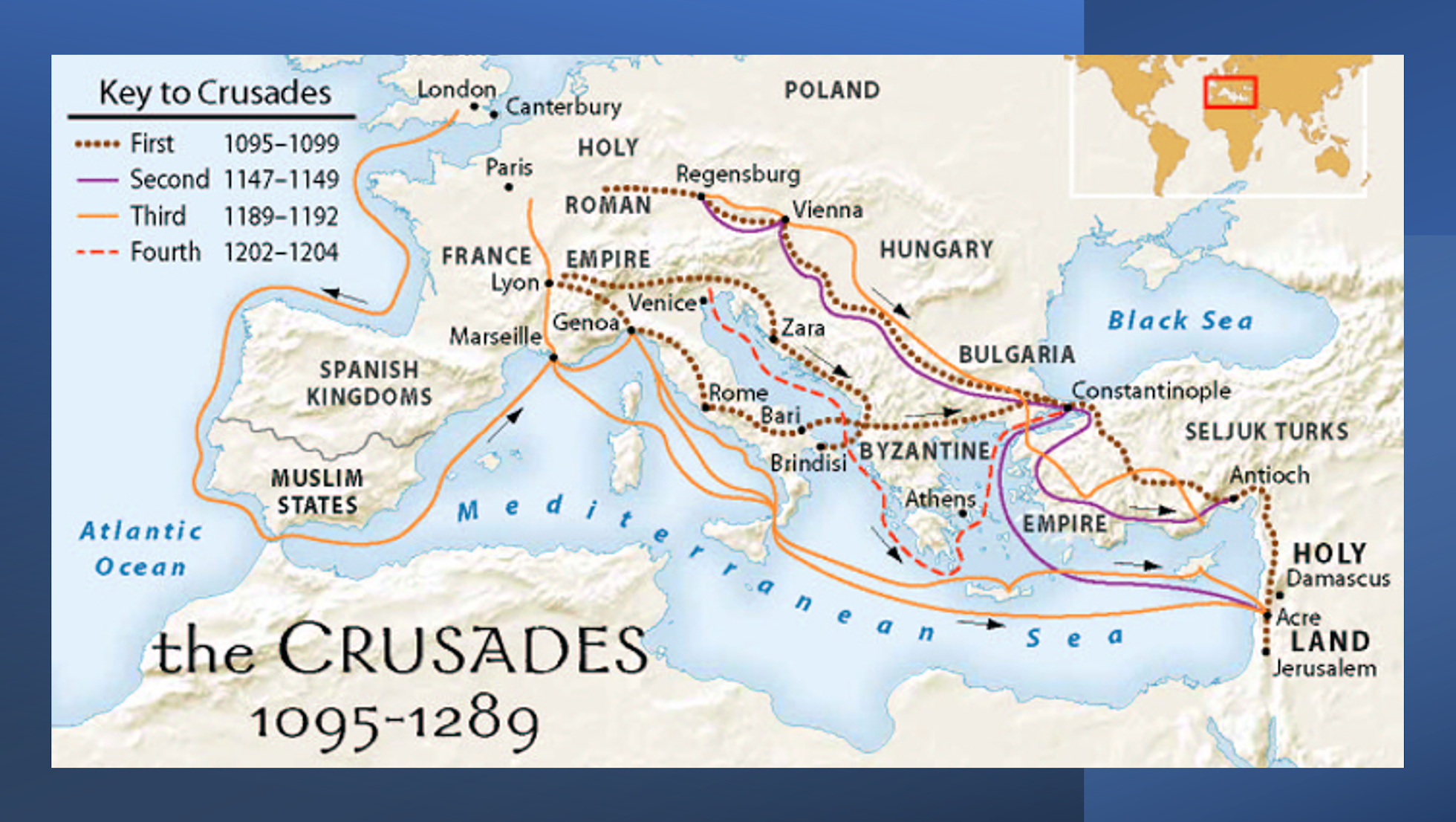
Even more influentially, Islam expanded west into southern Europe. Between 633, just after Islam started, and 711 CE, the Arab empire grew to stretch from Pakistan in the east to Spain in the West (see map below). They were tolerant by necessity because only 2% of its population was Muslim and over 63% of Christians in the world lived there. During the early Renaissance, Eastern knowledge flowed into Europe (in some cases, back into) and Europeans modified and improved on Asian and Arab technology and ideas, including seafaring, astronomy, agriculture (crop rotation), optics/lenses, and medicine. Surgery, hospitals, medical schools, and the transmission/prevention concept of disease all originated in Arabia. Syringes and forceps were invented during the Islamic Golden Age, from the 8th-14th century, and Muslims pioneered cataract surgery. Polymath Ibn al-Nafis first determined that blood from the heart enters the lungs and returns to the heart after absorbing air (pulmonary circulation). When Spanish Christians conquered the Moorish (Muslim) city of Toledo in the 11th century, they acquired books about Arab medicine (e.g. Persian Ibn Sina’s Canon of Medicine), mathematics, botany, engineering, liquor distillation, and navigation in the city’s library. Popes ordered these libraries burned, but Franciscan and Dominican monks defied orders and salvaged their books. Muslim Córdoba, in southern Spain, had the biggest library in Europe. Salerno and Naples, in the Kingdom of Sicily, were also conduits of Arab knowledge into Europe under its 12th-century ruler Frederick II, an influential Holy Roman Emperor who spread Arab knowledge throughout Europe.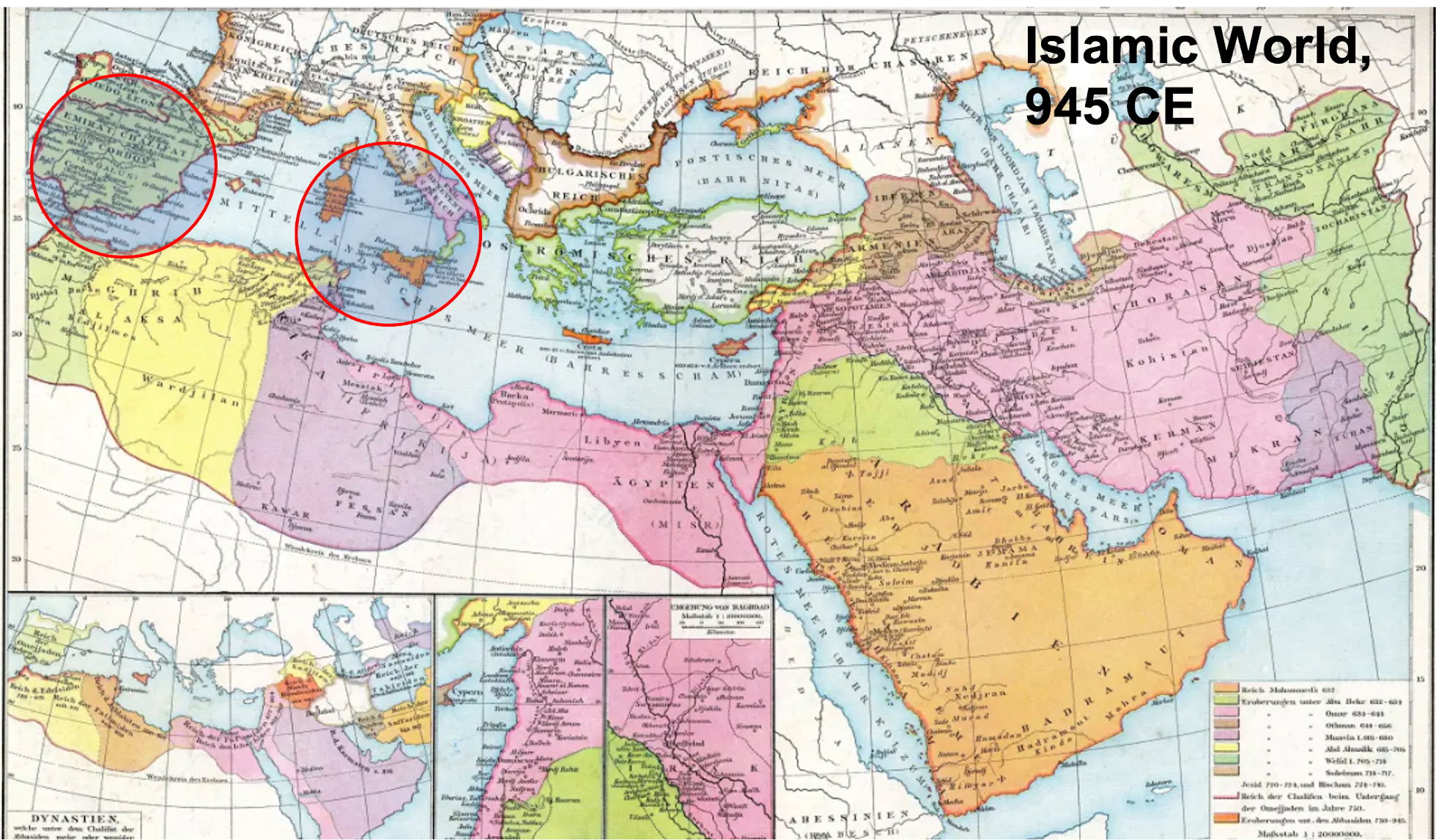
Europeans set about translating Arab works over the next centuries. Because of their encounters with the Near East and Asia via overland trade, the Crusades, and Islamic expansion into southern Europe, medieval Europeans benefited from key imports that laid the foundation for expansion into the Americas and elsewhere. Together, these set the stage for the Age of Exploration. Southern European Islam, and to a lesser extent the Crusades, also led to numerous Arabic loanwords that morphed into cotton, sugar, coffee, rice, oranges, lemon, banana, apricot, candy, drug, alcohol, satin, architect, mason, castle, balcony, mattress, bedroom, window sill, tile, alchemy/chemistry, algebra, algorithm, zero, magazine, risk, and rocket. Here’s an Arab map of the known world from 1154 that Muhammad al-Idrisi drew for one of Frederick II’s predecessors in Sicily, turned upside down for northern orientation:
This “east up” 15th-century T and O map shows medieval Europeans’ concept of the three known continents:
Early Explorations & the Fall of Constantinople
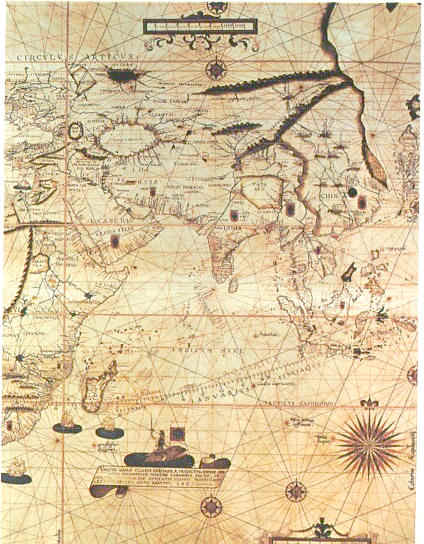 Medieval Asia — especially modern-day China and Korea — also had impressive technology, including elaborate clocks, seismographs, blast furnace kilns, large-scale canal and dam construction, deep-drilling bores, iron ore smelters, scissors, and repeating crossbows. In farming, they pioneered wheelbarrows, hoes, moldboard plows, wind-blown threshers, trace breast harnesses, terraces, irrigation pumps, natural insecticides, and furrowed row crops. But Asia’s nautical, military, and printing/paper technology are what transformed Renaissance Europe from a relative backwater into a group of financial and maritime powers to be reckoned with. Contrary to popular opinion, medieval European sailors did not think the world was flat, but neither could they sail far outside the sight of land with their simple broad-cloth sails nor consult terrestrial guides beyond the North Star. Better boats and new navigational tools, imported from the East, allowed them to sail the open oceans.
Medieval Asia — especially modern-day China and Korea — also had impressive technology, including elaborate clocks, seismographs, blast furnace kilns, large-scale canal and dam construction, deep-drilling bores, iron ore smelters, scissors, and repeating crossbows. In farming, they pioneered wheelbarrows, hoes, moldboard plows, wind-blown threshers, trace breast harnesses, terraces, irrigation pumps, natural insecticides, and furrowed row crops. But Asia’s nautical, military, and printing/paper technology are what transformed Renaissance Europe from a relative backwater into a group of financial and maritime powers to be reckoned with. Contrary to popular opinion, medieval European sailors did not think the world was flat, but neither could they sail far outside the sight of land with their simple broad-cloth sails nor consult terrestrial guides beyond the North Star. Better boats and new navigational tools, imported from the East, allowed them to sail the open oceans.
Europeans also re-acquainted themselves with Greek cartographers like Eratosthenes, who measured Earth’s circumference and invented (east-west) longitude and (north-south) latitude, and the term geography. They learned to use astrolabes and quadrants and, after the 16th century, cross-staffs and sextants to measure the Sun and Pole Star to figure latitude. Astrolabes (below), invented in Greece and refined in Arabia, were the cutting-edge timekeepers of the era, and knowing time and dates was critical to mapmaking and navigation.
Europeans used Arab rig lateen (multiple) sails to better change direction and take advantage of trade winds. Building on simpler technology from ancient Egypt and Rome, Chinese refined sternpost-mounted rudders to stabilize boats and they developed keels. Some combination of early Europeans, Arabs, and Asians discovered that lodestones orient themselves toward the north and south when afloat. These compasses helped sailors navigate during the Age of Exploration even when clouds blocked the Sun or stars.
Europeans weren’t the first to sail the open oceans. Chinese sailors under Kublai Khan invaded and colonized Java (Indonesia) in 1293. Under the Ming Dynasty, Chinese had already expanded into the Indian Ocean, the Persian Gulf (trading with the Nabhani Empire in present-day Oman) and East Africa from 1400-1433. Their Treasure Fleet ships (or junks), led by commander and former court eunuch Zheng He, were ~ 4-5x bigger than those Columbus sailed to the Americas later in the 15th century. Even before that voyage, East Asians had geographic knowledge as far west as Africa, as seen in the 1402 Gangnido Korean map. Zheng He’s 1405 Chinese fleet of 300 was bigger than all of Europe’s navies combined. Yet, in one of those fateful decisions that history hinges on, Mings decided expansion was not worth the trouble and that international commerce was not in keeping with their kingdom’s character. Mongol invasions in the northern part of their kingdom distracted them and renovation of the Grand Canal within China made foreign trade less pressing because they could move their own goods around better. China abandoned overseas exploration just as European upstarts like Portugal started it. They even outlawed ship construction and burned their ocean-going fleet and records in 1433. Never before or since has the world’s dominant merchant fleet or navy destroyed itself. Europeans, conversely, developed an appetite for Asian goods like spices (and derivative perfumes), porcelain, opium, silks, rice, and ostrich feathers at the very time the Chinese insulated themselves.
A century-and-a-half earlier, Venetian trader Marco Polo had already whetted the appetites of European merchants and consumers by relaying an account of East Asian wealth to a transcriber while he was imprisoned in the 1290s. His book, the Travels of Marco Polo (1300), suggested how much wealth traders could tap by selling Asian goods if only they could access them easier than the long overland routes that traders like Polo plied. Not only did China have silks and porcelain, but India had cotton and spices and fruits (e.g. bananas) came from many points in between, including insular Southeast Asia. One of Marco Polo’s purported maps clearly shows Alaska and the Aleutian Islands. That would be significant if it was actually drawn up four centuries before Danish-Russian explorer Vitus Bering mapped the region — proving Asians knew about America two centuries before Europeans — but it’s likely a forgery or copy made later.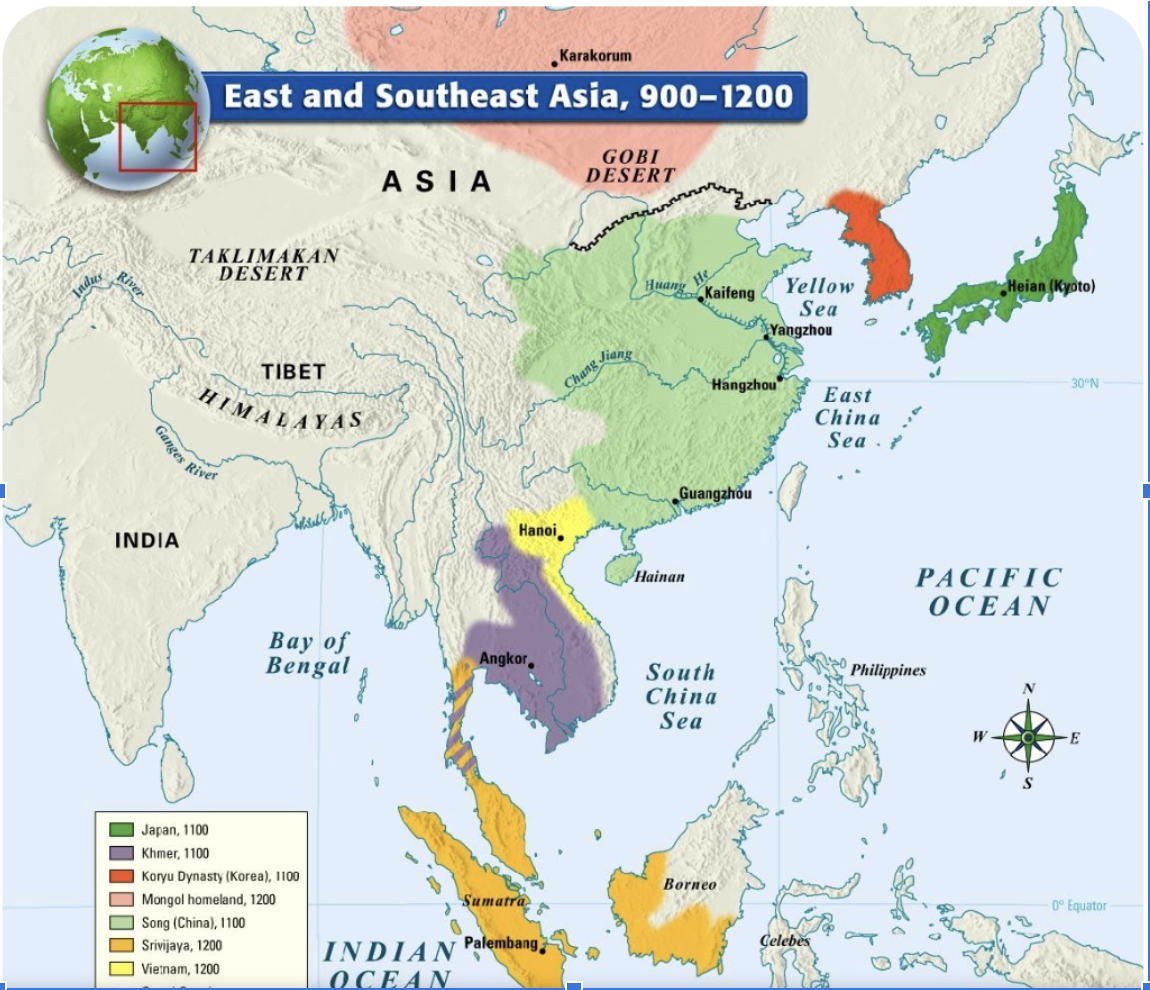
While no one in Europe was envisioning America at the time, medieval overland Asian trade routes changed history and triggered the Age of Exploration. Trade goods, ideas, and diseases traversed Eurasia. The (Chinese) Mongolian invasion of Persia in 1206 forced Muslims there to tolerate outsiders and other religions, including Christian traders from the west. Thirteenth-century Mongol expansion under Genghis Khan inadvertently created another advantage for Europe, despite its infamous brutality: it established trade routes linking Europe to East Asia of the sort that Marco Polo supposedly took later that century (scholars disagree over whether he fabricated portions of his book).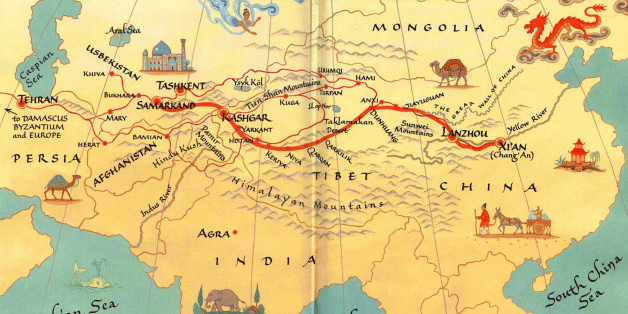
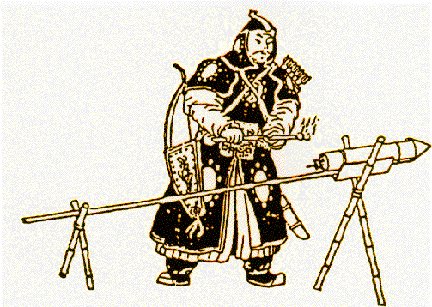 But in between China and Europe lay thousands of miles, including the Great Silk Road (above) and dangerous places like Khyber Pass, in present-day Afghanistan. Middlemen eroded profit margins as goods made their way west toward European ports like Venice, Polo’s hometown. Even if a European trader took a ship from Hormuz, in modern-day Iran, it was a long trip by land just to get to Persia and the ship leaving from there may or may not have been seaworthy.
But in between China and Europe lay thousands of miles, including the Great Silk Road (above) and dangerous places like Khyber Pass, in present-day Afghanistan. Middlemen eroded profit margins as goods made their way west toward European ports like Venice, Polo’s hometown. Even if a European trader took a ship from Hormuz, in modern-day Iran, it was a long trip by land just to get to Persia and the ship leaving from there may or may not have been seaworthy.
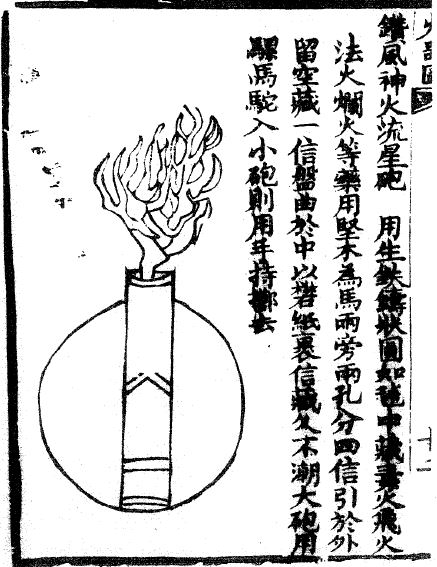 Muslim expansion into southeastern Europe further obstructed the Silk Routes. Muslims conquered Constantinople in 1453, renaming the seat of the Eastern Roman Empire Istanbul. Because of their failure, the Crusades had weakened Eastern Christianity, ironically strengthening Islam in southeastern Europe as the Byzantine Empire gave way to the Ottoman Empire. The Ottomans built impressive watches, clocks, and eyeglasses, but their key military advantage was a modification of early Chinese guns into cannons or bombards. The Chinese usually fought with crossbows, but starting in the Middle Ages they used gunpowder for fireworks, medicine (thinking it lengthened life), and rudimentary muskets or small artillery (right). The caption on Huolongjing’s 1350 drawing on the left translates to “magic meteor going against the wind.”
Muslim expansion into southeastern Europe further obstructed the Silk Routes. Muslims conquered Constantinople in 1453, renaming the seat of the Eastern Roman Empire Istanbul. Because of their failure, the Crusades had weakened Eastern Christianity, ironically strengthening Islam in southeastern Europe as the Byzantine Empire gave way to the Ottoman Empire. The Ottomans built impressive watches, clocks, and eyeglasses, but their key military advantage was a modification of early Chinese guns into cannons or bombards. The Chinese usually fought with crossbows, but starting in the Middle Ages they used gunpowder for fireworks, medicine (thinking it lengthened life), and rudimentary muskets or small artillery (right). The caption on Huolongjing’s 1350 drawing on the left translates to “magic meteor going against the wind.”
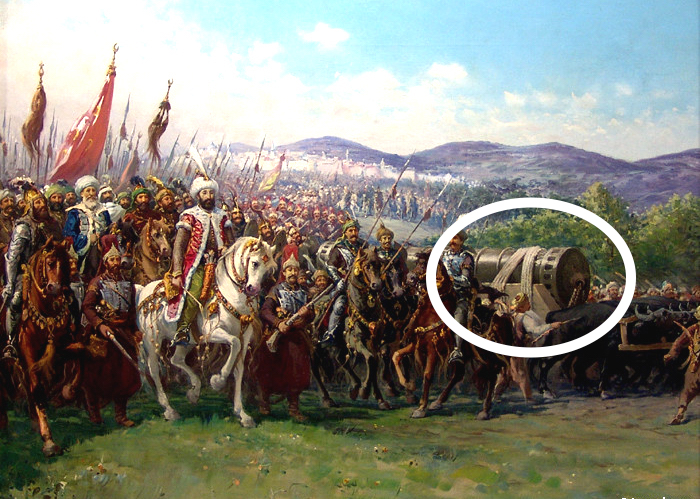
Mehmed & the Ottoman Army Approaching Constantinople With a Giant Bombard, by Fausto Zonaro, WikiCommons
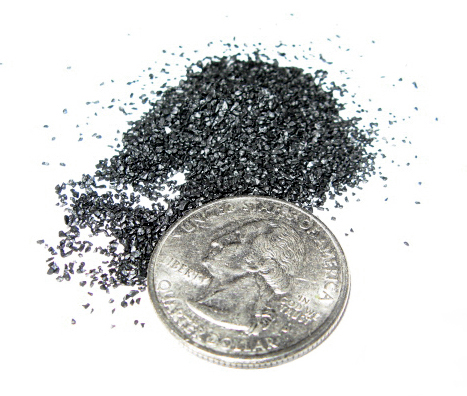 Gunpowder — the combination of sulfur, charcoal, and saltpeter (potassium nitrate, often bat guano) — worked its way down the Silk Routes to the Middle East between the 13th and 15th centuries. Genghis Khan used gunpowder cannonballs against Khwarazmian Afghans at Shahr-e Gholgola (known thereafter as the “city of screams”), and Ottomans built cannons capable of laying siege to city walls and bombarded Constantinople for 53 days before conquering it. Newly-named Istanbul became the capital of the Ottoman Empire and blocked spice traffic between Asia and Europe. Little did the Ottomans know that disrupting the overland pepper trade would spur the European Age of Exploration, motivating them to reach Asia by sea. The Fall of Constantinople also compelled many Byzantine scholars (including Greek diaspora) to relocate to Italy, augmenting the transmission of ideas between East and West.
Gunpowder — the combination of sulfur, charcoal, and saltpeter (potassium nitrate, often bat guano) — worked its way down the Silk Routes to the Middle East between the 13th and 15th centuries. Genghis Khan used gunpowder cannonballs against Khwarazmian Afghans at Shahr-e Gholgola (known thereafter as the “city of screams”), and Ottomans built cannons capable of laying siege to city walls and bombarded Constantinople for 53 days before conquering it. Newly-named Istanbul became the capital of the Ottoman Empire and blocked spice traffic between Asia and Europe. Little did the Ottomans know that disrupting the overland pepper trade would spur the European Age of Exploration, motivating them to reach Asia by sea. The Fall of Constantinople also compelled many Byzantine scholars (including Greek diaspora) to relocate to Italy, augmenting the transmission of ideas between East and West.
Europeans joined the arms race. Imported Arab cannonry allowed European rulers to lay siege to their rivals’ thick-walled castles, as smaller fiefdoms gradually congealed into larger states (nations). This political centralization and consolidation into bigger units created governments large enough to finance overseas expeditions and underwrite their risk. Larger states raised taxes to acquire more muskets and cannons, giving Europeans the upper hand over populations in America, Africa, and parts of Asia.
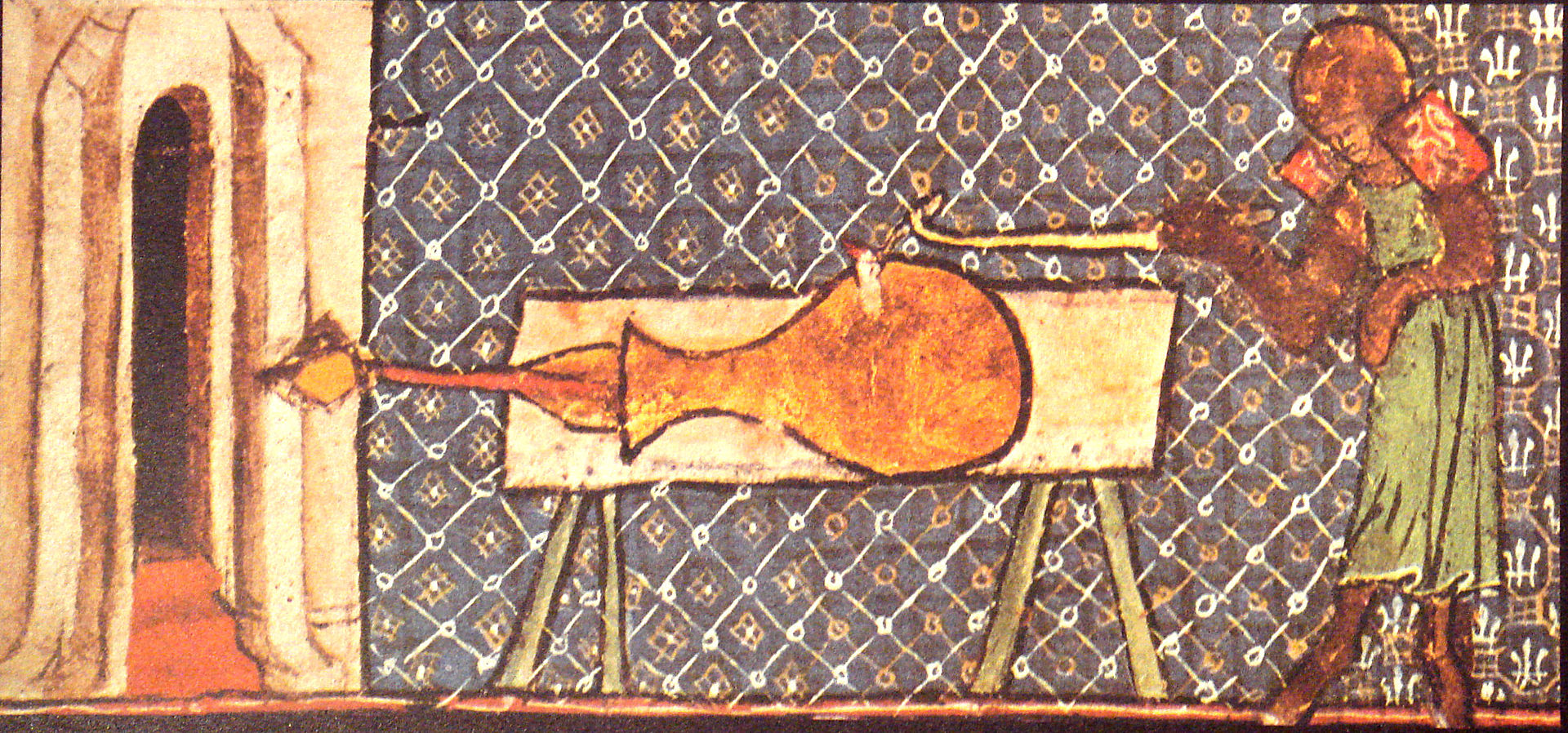
Earliest Depiction of a European Cannon, “De Nobilitatibus Sapientii Et Prudentiis Regum”, Walter de Milemete, 1326
Ottomans also introduced Europe to kahve, or coffee, another important commodity in world trade and colonization. At first, the Catholic Church argued that since Muslims denied themselves wine, the Christian holy drink, God had punished them with coffee. According to legend, Pope Clement VIII changed his mind after sampling a Venetian merchant’s coffee and being impressed with its flavor and aroma. Soon Christian abbots were imbibing the same Joe as their Muslim Sufi rivals.
But by expanding into southeastern Europe and obstructing overland trade routes, the Ottoman Empire motivated Europeans to find another route to Asia. Necessity is the mother of invention, as the saying goes. It’s no surprise that Portugal (in green below), the kingdom furthest cut off from Asian trade on the western coast of Europe, circumvented the Eurasian continent by sailing around Africa. They’d had the notion even before Muslims conquered the old Eastern Roman Empire.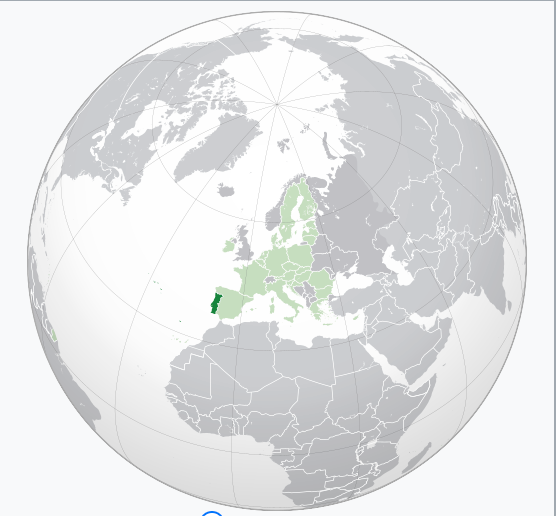
Behind Prince Henry the Navigator (left), the Portuguese embraced maritime expansion, building on the latest advances in nautical equipment, cartography, and shipbuilding. Their rulers built naval colleges and they lionized their explorers — men like Bartholomew Diaz and Vasco de Gama, whom they buried in cathedrals with sailing ropes carved into the ceilings. Portuguese were the first Europeans to initiate contact with sub-Saharan Africa and traded salt, wine, fish, guns, and whiskey along the African coast in exchange for ivory, copper, gold, Raffia cloth, exotic animals, and enslaved workers/prisoners. On a 1483 voyage led by Diogo Cão, they laid anchor near the mouth of the Congo River in what’s now Angola. By 1488, they’d exchanged ambassadors with the Kingdom of Kongo and were converting Africans to Catholicism.
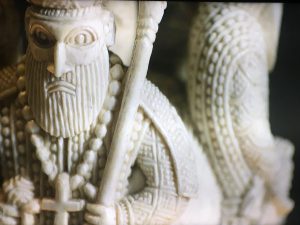 The image on the right shows ivory carved in the Kingdom of Benin intended for sale in Lisbon, Portugal, with a man in European clothes and Crucifix. In our upcoming chapter on slavery, we’ll learn more about how Portuguese Europeans pioneered the overseas slave trade on the West African coast.
The image on the right shows ivory carved in the Kingdom of Benin intended for sale in Lisbon, Portugal, with a man in European clothes and Crucifix. In our upcoming chapter on slavery, we’ll learn more about how Portuguese Europeans pioneered the overseas slave trade on the West African coast.
The Portuguese discovered that favorable trade winds returned them to Europe if they sailed far enough west off the African coast. In 1500 — two years after Christopher Columbus skirted the northern coast of South America on his third voyage — Pedro Álvares Cabral accidentally landed on the eastern coast of South America, in what’s now Brazil. Portuguese eventually made their way around South Africa and established trading colonies in India (Goa), Southeast Asia (Macau), and Japan (Ecclesiastical Nagasaki). The European market for dyes (colors for clothes and art, e.g. saffron) and spices for flavoring and preserving meats drove these early explorations. Cinnamon, black pepper, cardamom, nutmeg, and clove were among the highest demand items of the Spice Trade. Portugal had cartographers exaggerate South Africa’s size to discourage rivals like Spain from trying this route — one of the reasons Columbus convinced Castilians (Spanish) to let him try a western route to Asia in 1492, about which we’ll learn more in the following chapter. Christopher’s brother Bartholomew Columbus, a mapmaker living in Lisbon, Portugal, convinced cartographer Martellus to doctor Africa’s Cape of Good Hope on this map:
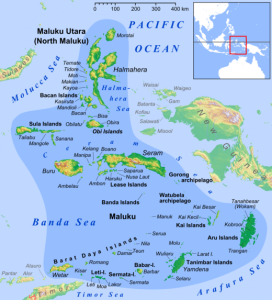 Whether Portuguese or Spanish, Iberian mariners led the charge during the Age of Exploration. The two powers even presumptuously divided the whole world up into halves in the 1494 Treaty of Tordesillas, but their knowledge of Atlantic Ocean geography was much clearer than the Pacific, if there even was another ocean, so the latter dividing line was more up for grabs. The Portuguese were content with their easterly route to Asia around Africa, but the Spanish were interested in exploring a westerly route around or through the Americas to compete with Portugal in the spice trade, especially the Molucca Islands (or Maluku, right) in what’s now eastern Indonesia, aka the “Spice Islands.” A generation after Columbus’ expedition to the Caribbean in 1492, Portuguese explorer Ferdinand Magellan led a Spanish fleet debarking from Seville to circumnavigate the globe in 1519, the first ships to go around the world. When they finally found their way around (and through) the southern tip of South America in 1520, they were unpleasantly shocked at the size of Pacific Ocean, having loaded only enough food for a short trip to Asia. Much of the crew died of starvation and scurvy and Magellan died in battle in the Philippines (Cebu). Though they lost most of their men and ships along the way (the ship with most of their supplies and food deserted and sailed home), the Victoria, captained by Juan Sebastián Elcano, limped into Sanlúcar, Spain in 1522. Despite being barely seaworthy, with only 18 surviving sailors, it had 25 tons of spices (nutmeg and clove) in its hold, making all those sailors and the expedition’s original investors rich. Even voyages to the Spice Islands that mostly failed were worthwhile financially.
Whether Portuguese or Spanish, Iberian mariners led the charge during the Age of Exploration. The two powers even presumptuously divided the whole world up into halves in the 1494 Treaty of Tordesillas, but their knowledge of Atlantic Ocean geography was much clearer than the Pacific, if there even was another ocean, so the latter dividing line was more up for grabs. The Portuguese were content with their easterly route to Asia around Africa, but the Spanish were interested in exploring a westerly route around or through the Americas to compete with Portugal in the spice trade, especially the Molucca Islands (or Maluku, right) in what’s now eastern Indonesia, aka the “Spice Islands.” A generation after Columbus’ expedition to the Caribbean in 1492, Portuguese explorer Ferdinand Magellan led a Spanish fleet debarking from Seville to circumnavigate the globe in 1519, the first ships to go around the world. When they finally found their way around (and through) the southern tip of South America in 1520, they were unpleasantly shocked at the size of Pacific Ocean, having loaded only enough food for a short trip to Asia. Much of the crew died of starvation and scurvy and Magellan died in battle in the Philippines (Cebu). Though they lost most of their men and ships along the way (the ship with most of their supplies and food deserted and sailed home), the Victoria, captained by Juan Sebastián Elcano, limped into Sanlúcar, Spain in 1522. Despite being barely seaworthy, with only 18 surviving sailors, it had 25 tons of spices (nutmeg and clove) in its hold, making all those sailors and the expedition’s original investors rich. Even voyages to the Spice Islands that mostly failed were worthwhile financially.
The term America, in honor of Italian explorer Amerigo Vespucci, first appeared on German cartographer Martin Waldseemüller’s map in 1507, now known at the Library of Congress as “America’s Birth Certificate.” Waldseemüller’s friend Matthias Ringmann suggested the name.
Oddly enough, geographers in Europe, more so than explorers who actually saw it like Vespucci, theorized that the continent Columbus discovered for the Spanish was altogether separate from Asia, though Waldseemüller himself got cold feet about this radical theory and changed his mind in 1513. Columbus wondered about a separate continent himself but never developed a coherent theory that included the Pacific Ocean.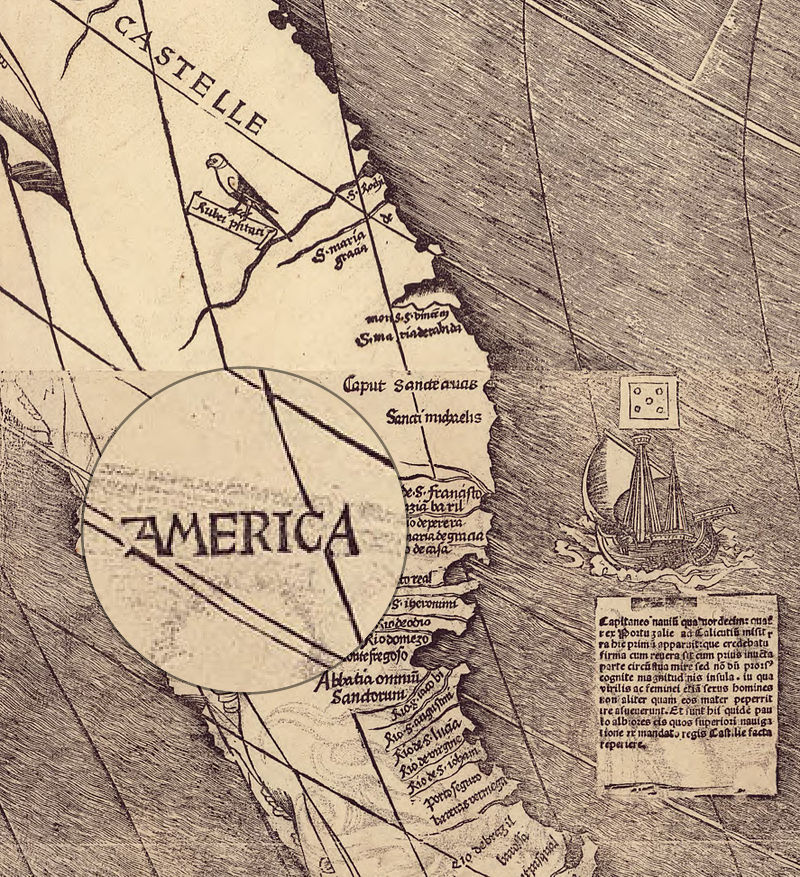
Magellan and Elcano’s 1519-22 voyage finally settled the matter once and for all: the Western Hemisphere was separate from Asia, with the Pacific Ocean in between far larger than anyone had guessed. They also proved that the Earth was round, for anyone still skeptical; otherwise, how did Elcano end up back in Spain? Juan de la Cosa, the cartographer on Columbus’ journeys to America in the 1490s, created the first maps that showed the Western Hemisphere, though it wasn’t named America and doesn’t include the Pacific Ocean west of the landmass:
European cartographers eventually applied the coordinate system of latitudinal and longitudinal lines to global maps, though longitude wasn’t added with precision until the 18th century. There’s a saying that “knowledge is power” and cartography expressed how Europeans dominated other cultures. Kingdoms guarded their maps jealously, imposing the death penalty for thieves or officials losing them. Maps provided commercial and military advantages and reinforced expansive notions of kingdoms and nation-states. Europeans gained more knowledge about the rest of the world than vice-versa, giving them a tactical advantage. Mapmaking progressed along with Europeans’ adoption of Asian printing. They’d mapped the Mediterranean precisely in 13th-century Portolan Charts. By the mid-16th century, America was beginning to emerge as a full-fledged continent on European maps.
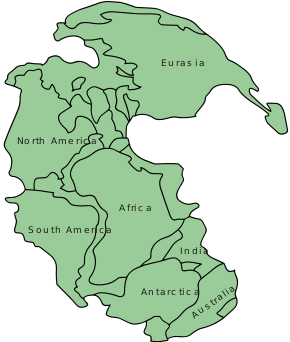 In 1570, Flemish cartographer Abraham Ortelius published the world’s first atlas in Antwerp, Belgium, Theatrum Orbis Terrarum. Ortelius correctly imagined that the continents had been joined at one time (Pangaea) and were moving apart, though geologists didn’t widely accept continental drift theory until sonar proved it in the early 1950s and plate tectonics theory provided a mechanism. Ortelius just hypothesized based on the notion that the continents fit together like a jigsaw puzzle (right). Here’s his map:
In 1570, Flemish cartographer Abraham Ortelius published the world’s first atlas in Antwerp, Belgium, Theatrum Orbis Terrarum. Ortelius correctly imagined that the continents had been joined at one time (Pangaea) and were moving apart, though geologists didn’t widely accept continental drift theory until sonar proved it in the early 1950s and plate tectonics theory provided a mechanism. Ortelius just hypothesized based on the notion that the continents fit together like a jigsaw puzzle (right). Here’s his map:
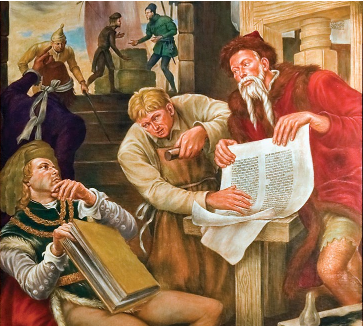
Crop From WPA Mural “Story of the Recorded Word” Depicting Gutenberg Showing a Proof to the Elector of Mainz, by Edward Laning, New York Public Library
Printing & Paper
Cartography wouldn’t have flourished during the Renaissance without improvements in printing and paper. Chinese and Korean movable-type print invented in the 11th c. CE lent itself well to European languages with fewer letters than Chinese and more linear design than classical Arabic. Incorporating the screw press design of traditional wine presses and using lead rather than wood type, Europeans including Johannes Gutenberg built printers that made books like Marco Polo’s Travels possible. Gutenberg, the son of goldsmiths, created a tin and lead alloy for letters and an adjustable mold to make the letters bigger or smaller. He also developed an oil-based ink that, unlike water-based, was viscous enough to adhere to the letter blocks. Gutenberg set his early type to look like hand-written manuscripts, but the potential was there for simpler, mass-produced type that revolutionized politics, economics, religion, literature, and science. The new book-reading market also renewed interest in the ancient Greeks and Romans, as their works could reach a broader audience. Seemingly incidental details about letters and numbers and how we reproduce information have had a profound impact on history.
European printers increasingly used paper, yet another Chinese and Arab import. China monopolized wood- and cotton-based paper technology for centuries, but Arabs captured paper-makers in a battle with Tang Dynasty invaders in 751 CE, triggering the Islamic Golden Age as Arabs made paper from mulberry bark. That technology made its way to southern Europe with Islamic expansion, providing the paper that made Gutenberg’s printer viable. Italians along the Amalfi Coast advanced the art of making paper from wood along with traditional animal parchments (e.g. calf vellum). Gutenberg launched a revolution in the 1440s like that of the Internet in the 1990s. Printing allowed for knowledge to accumulate, opening the path for more progress than oral traditions allowed. But it also created more strife because people confronted with “too much information” are more likely to read and learn selectively, hardening their positions on issues like religion and politics. Thus, the Renaissance inadvertently led to the violent sectarianism of the Wars of Religion that tore apart Christian Europe periodically in the 16th and 17th centuries — another key motivator for American expansion.
While it would be a stretch to say that books were invented during the Renaissance, the advent of better paper and printing techniques and increased literacy popularized books and led to their widespread dissemination. Medieval books were artistic and earthy — the term spine comes from using the strongest parchment along the animal’s spine to bind the book — but also expensive, time-consuming to make, and decayed quickly. Medieval monks at the French Mont Saint-Michel abbey/monastery required a herd of 100 sheep just to supply enough parchment for one Bible. During the Renaissance, average book cost dropped from ~ $20k to $70, adjusted for inflation. If not cheap by today’s rates, the new books were no longer just for the wealthy. Likewise, Classical Greece and Rome had higher literacy than medieval Europe and access to cheap papyrus to write on. Widespread literacy requires cheap books.
In Renaissance Venice, Aldus Manutius’ publishing company reprinted classics in small vellum-bound form (like a paperback) and introduced common grammatical symbols like the comma, semi-colon, and italics. Paper-bound books spread ideas about cartography (above), mathematics (below), and religion (Chapter 4). Most popular was the Bible, spurring a Christian revolution called the Reformation and the wars that went along with it. Printing could perpetuate errors, as was the case with the English “Wicked Bible” (1631) that accidentally instructed: “Thou shalt commit adultery.” And, printing could spread common advice and manuals. Gutenberg’s second publication was a digestive timetable he called a “purgation-calendar.”
Finance
Printing and paper also led to paper money, another seemingly mundane technology that packed historical punch when combined with improved math. The first paper money appeared in China’s Song Dynasty in the 11th c. CE. Along with Hindu-Arab math and loosening of restrictions against usury (lending at interest), paper money gave rise to modern finance. Capitalism as we know it — with capital, credit, risk-taking, public contractors (publicani), etc. — was invented in ancient Rome and reborn and refined during the Renaissance. Merchants in European ports like Venice needed more precision to track trade and Arabic numbers (originally Indian) proved easier to calculate than Roman numerals of the sort we mark Super Bowls with or you see in movie credits. Imagine doing long division with a string of XLVIII’s or even punching them into a calculator, let alone keeping precise books with fractions. Roman numerals and the number-letter hybrids used in Greek and Hebrew math allowed mathematicians to tally the results of calculations done on an abacus (counting frame) and do basic algebra, but were less functional as a mathematical tool than Arabic numbers. Math was a good example of the two-way flow of ideas from Europe to the Middle East and then back to Europe, with Arabs synthesizing Indian and Greek math. The Caliph in Baghdad, the hub of medieval mathematical research, retained Jewish scholars to translate the work of Classical pioneers like Ptolemy and Euclid, the “father of geometry.” Algebra and geometry were developed in Mesopotamia, Greece, and Rome, then refined in Islamic Arabia and Persia before working their way back into Renaissance Europe; and Arabs invented trigonometry.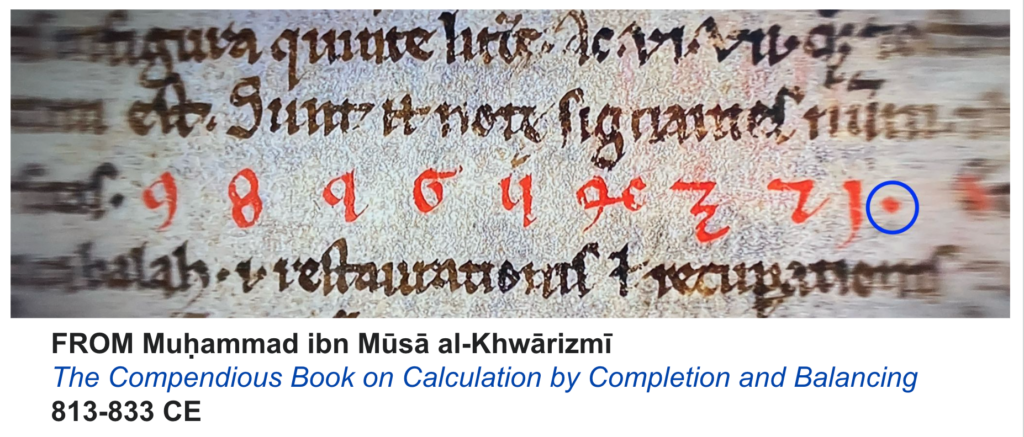
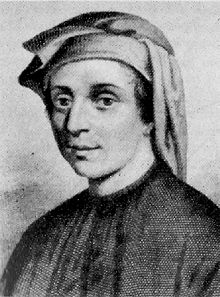 Italian mathematician Fibonacci introduced Hindu-Arab math to southern Europe after learning about it on a trip to Algiers with his father. The name Fibonacci translates to “blockhead” but he was far from that. Under the patronage of the forenamed Frederick II, Holy Roman Emperor based in Sicily, Fibonacci went on a whirlwind tour visiting Arab mathematicians around the Mediterranean and wrote a game-changing book, Liber Abaci (1202 CE). It explained the Hindu-Arab version of the decimal system (base ten positional notation) to Europeans through a series of practical examples. Hindus also pioneered the use of zero as a placeholder, though Mesoamericans and Greeks had symbols for zero (Greeks had also started down the road toward a decimal system but were derailed by the Roman system). Before being used in Indian math, zero — depicted as a dot rather than circle in the Arabic text above, on the right — represented emptiness in meditation, then a Sanskrit symbol similar to a comma (to pause). Fibonacci’s sequences, whereby each number is the sum of the two previous ones, also anticipated the golden ratio that defines proportions in bodies, nature, architecture, and crucifixes, but his practical impact was on basic math. Europeans resisted “infidel numbers” at first because single digits were easier to fabricate and alter. But printing presses made fraud more difficult and Roman numerals even more impractical, and city-states like Florence legalized Arabic numbers after Fibonacci’s death. Renaissance finance thereafter adopted the same “debit-credit” double-entry accounting system used today, also imported from Arabia.
Italian mathematician Fibonacci introduced Hindu-Arab math to southern Europe after learning about it on a trip to Algiers with his father. The name Fibonacci translates to “blockhead” but he was far from that. Under the patronage of the forenamed Frederick II, Holy Roman Emperor based in Sicily, Fibonacci went on a whirlwind tour visiting Arab mathematicians around the Mediterranean and wrote a game-changing book, Liber Abaci (1202 CE). It explained the Hindu-Arab version of the decimal system (base ten positional notation) to Europeans through a series of practical examples. Hindus also pioneered the use of zero as a placeholder, though Mesoamericans and Greeks had symbols for zero (Greeks had also started down the road toward a decimal system but were derailed by the Roman system). Before being used in Indian math, zero — depicted as a dot rather than circle in the Arabic text above, on the right — represented emptiness in meditation, then a Sanskrit symbol similar to a comma (to pause). Fibonacci’s sequences, whereby each number is the sum of the two previous ones, also anticipated the golden ratio that defines proportions in bodies, nature, architecture, and crucifixes, but his practical impact was on basic math. Europeans resisted “infidel numbers” at first because single digits were easier to fabricate and alter. But printing presses made fraud more difficult and Roman numerals even more impractical, and city-states like Florence legalized Arabic numbers after Fibonacci’s death. Renaissance finance thereafter adopted the same “debit-credit” double-entry accounting system used today, also imported from Arabia.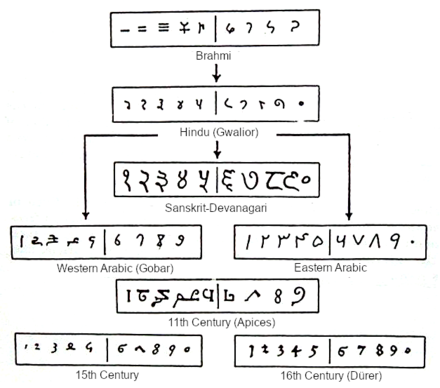
While the old lettered-numbers could tally trade, Hindu-Arab numbers made it easier to calculate risk and probability in a more scientific way than just crossing one’s fingers. More critically for the fate of Western Civilization, they gave bankers an easier way to figure interest rates on borrowing. Usury is variously defined as charging any interest or charging excessive interest; today it usually means excessive interest. But charging any interest at all was long considered immoral in the Judeo-Christian tradition, just as it is today in sharia-compliant Islamic banks. Lending for profit dated back to the beginning of civilization because farmers needed to borrow in the spring and pay creditors back after the fall harvest, often in grain seed. But high interest rates can bury borrowers under insurmountable debt while lining the pockets of the rich, and bad loans can ruin creditors/lenders. In the 19th century, Karl Marx wrote that compounding interest “clings to the [economy] like a parasite…sucks it dry…and forces reproduction to proceed under ever more pitiable conditions.”
Many in the ancient world felt likewise. Israelis and Iranians outlawed lending and Romans, Babylonians, and Indians capped rates. Ancient Greece didn’t set limits but outlawed slavery as a means of repayment. Both lending and borrowing had bad reputations. In some languages, the word debt is related to fault, sin or guilt. Both the Old Testament (Leviticus 25:36-37, Deuteronomy 23:19-20) and Koran (3:130) forbid usury. Proverbs 22:7 doesn’t forbid debt, but notes, “The rich ruleth over the poor, and the borrower is servant to the lender.” St. Augustine warned against the sin of appetitus divitarum infinitus, or the unchecked lust for gain. This early Reformation woodcut, by Lucas Cranach the Elder, shows Jesus driving the money-changers from the temple. It’s safe to say that none of the traditional religions would’ve look kindly on today’s Checks Cashed/Payday Loan shops.
A speculative silver boom-and-bust in 12th-century Europe led to widespread laws against compound interest and, by the end of the Middle Ages, any yield on loans was considered immoral. The Catholic Church agreed with ancient Greek philosopher Aristotle that interest unnaturally made money “copulate.” Interest didn’t create any worthwhile tangible goods in this line of thinking. For medieval theologian St. Thomas Aquinas, interest amounted to “double-charging” for both the thing and use of the thing (money). In his classic Divine Comedy, poet Dante Alighieri imagined a place in Hell for usurers. In the Seventh Circle reserved for violent crimes, lenders’ eyes are ruined from looking over their books and they have to sit motionless except for their rapidly moving hands, as they did when avoiding honest work and counting money that has no currency in the afterlife. Dante’s is not an image that inspires one to pursue banking but, without lending, economies don’t grow, and progressive theologians and financiers began to argue that lenders deserved a premium for assuming the risk of default or shrinking value caused by inflation during the term of the loan. There was also the opportunity cost of not having the money around to do something else with.
The new paper-based, trade-driven Renaissance economy created more opportunities for entrepreneurship, requiring an active loan market that viewed money itself as useful merchandise. If a merchant got a stake in a venture he lent to — what we now call venture capital — that seemed more constructive than simply exploiting the debtors’ lack of money by charging exorbitant rates. The lender was an investing partner, then, rather than a simple loan shark. In that way, anti-usury restrictions actually helped kick-start early capitalism by leading to venture capital. Such investments were also easier to transact with paper money than with seeds, shells, or precious metals like gold.
But regular lending laws also loosened in London, Seville, Lisbon, Florence and Venice as the Catholic Church interpreted a loophole in the Old Testament’s stricture on charging interest to one’s brother: since Jews and Christians were strangers, not brothers, they could, in turn, lend to each other. Historian Fernand Braudel showed how Italian bankers finally convinced Pope Urban VIII to look the other way altogether in 1631. Protestants took it a step further by interpreting capital accumulation as a morally good thing — a sign of God’s favor and reward for hard work.
Europe’s acceptance of lending on interest was undoubtedly one of the most critical and underrated shifts in its history since it both enabled economic growth and created a means whereby the rich get richer and the poor get poorer. Financial panics (or meltdowns) are often associated with excessive debt among businesses and individuals. Yet, without lending today, most Americans wouldn’t be able to afford homes, cars or college tuition, let alone open businesses or use compounding interest to save for retirement. Lending is how rich countries aid and manipulate poor countries through the World Bank and International Monetary Fund. Modern governments (central banks) speed up or slow down entire economies by affecting short-term lending rates.
In Renaissance Italy, bankers like the Medicis lent money to businesses and the Catholic Church, charging reasonably low rates by spreading risk across diverse clientele. They franchised out to smaller banks to limit their own liability. Eventually, governments could borrow to go to war then plunder to repay their bonds. The House of Medici fueled Renaissance culture by patronizing artists, especially under Cosimo’s grandson Lorenzo the Magnificent, who commissioned Michelangelo, Leonardo da Vinci, and Botticelli. They patronized science too, as the money they poured into weapons research by Michelangelo and Leonardo led to progress in optics, materials, geometry, and physics. Northern Europe experienced similar financial transformations, especially the Netherlands and England. Between the 13th and 16th centuries, Italians settled Lombard Street in London (aka “England’s Wall Street”) and the Medicis opened branches in Geneva (Switzerland), Lyon (France), and Bruges (Belgium). England legalized lending on interest but outlawed rates over 10%. The gradual demise of usury restrictions helped bring about modern governments and capitalism. Meanwhile, adopted Hindu-Arab mathematical digits and improved paper and printing were the gears in the capitalist engine.
Two other innovations were key. Renaissance finance revived the Greek ideas of patents and corporations. Patents encourage innovation by granting short-term proprietary rights (monopolies) to inventors. Corporations, meanwhile, or joint-stock companies as they became known in England and the Netherlands, lent themselves well to overseas ventures because they spread risk over more investors than private companies or bank loans, mitigating the risk of any one lender. That was crucial at a time when many ships were lost at sea and knowledge of foreign geography was fuzzy at best. Monarchies could push the risk and cost of expansion onto the private sector by chartering corporations that sailed and settled under their flags, staking overseas claims. Monarchies strengthened by improved weaponry and political centralization/consolidation used joint-stock companies to fuel mercantilist expansion through a public/private partnership. Americans call George Washington the “father of [their] country,” but colonial America’s parents were gunpowder, maps, and royally-chartered corporations.
Their goal was not to promote free trade in the modern sense of the word, but rather to establish monopolies in foreign lands where the mother country would extract raw wealth while the colony could also serve as a market for finished products coming from home. Navies tried to keep other countries from cutting in on the trade. This economic system was known as mercantilism, often defined as maximizing exports and minimizing imports. Mercantilists saw trade as a zero-sum game, with no overall economic growth but rather players competing for a finite piece of the pie.
Mercantilism spurred Spain, Portugal, England, France, and the Netherlands to colonize America in pursuit of commodities. With the onset of early globalization, power shifted from Asia and the Middle East to Western Europe as these countries mastered the seas. In Chapter 3, we’ll see how American precious metals triggered European inflation and spurred commerce, lowering the wealth and power of the land-owning aristocracy (or nobility) in relation to an emerging class of merchants, lawyers, and bankers. Known in French as the bourgeoisie, these businessmen increasingly demanded political representation. It’s no surprise, then, that republicanism emerged in maritime regions that thrived on trade, like the Netherlands, England, and their colonies.
The English and Dutch (Netherlanders) pursued mercantilism through the corporate, joint-stock model, as stock markets sprang up in their inland port cities. Traders swapped stocks, bonds, commodity futures, and IOUs at seasonal (tax-free) trade fairs. The first ongoing fair of stockjobbers was in Antwerp, Belgium, but invading Spanish (Catholic) armies chased Jewish and Protestant brokers to London, England and Amsterdam, Netherlands. Protestant countries led by England continued to loosen lending rates, even while Catholic Italy reverted to usury laws in the 16th century. For banks and stock markets, global trade was the most lucrative business.
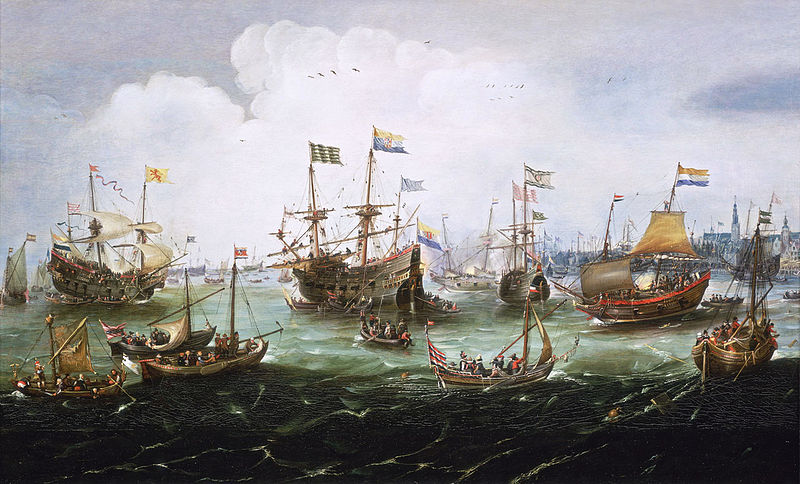
The Return to Amsterdam of the Second Expedition to the East Indies on 19 July 1599, by Andries van Eertvelt, ca. 1610-20
Government-sanctioned joint-stock companies like the British East India Co., Virginia Co. of London, Massachusetts Bay Co., and Dutch West India Co. patterned themselves after the pioneering and hugely successful Dutch East India Co., the first permanently chartered company that didn’t redeem shares after just a single voyage. Joint-stock companies established Virginia, Massachusetts, and New York, the most important 17th-century colonies in what became the United States 150 years after their founding. The British East India Co. played a similar role in India until the mid-19th century, when they transferred power to the British Raj (Crown). These companies, along with the Royal African Co. and others, also pioneered the Atlantic slave trade. Joint-stock companies did not develop in the Islamic world due partly to restrictions regarding credit and inheritance. That contributed to the relative decline of Arab shipping fleets and may help explain why the scientific and technological center of gravity shifted west, since research always follows money. Meanwhile, the intellectual center of gravity within Islam shifted from Arabia and Persia to Istanbul in the Ottoman Empire during the 15th-18th centuries, seat of the old Eastern Roman Empire.
While government-sanctioned corporations eventually died out in the West, state-owned enterprises (SOE’s) are making a comeback today in Saudi Arabia, Russia, China, and Brazil. Many of these newer incarnations are devoted to exploring for natural resources, much like northern European versions during the Age of Exploration.
Conclusion
Renaissance Europeans had the motivation and wherewithal to expand. Modern financial systems and imported, improved technology positioned them to cross the Atlantic and discover America. Alas, they were far too late for that. As we already saw in Chapter 1, America was discovered thousands of years earlier by Indigenous Americans originally from Siberia (mostly) and populated by millions of people. But, enabled by technology they borrowed from others and refined, Europeans motivated by mercantilism and religion (Chapter 4) transformed America in their image.
Optional Listening & Reading:
Stephanie Bastek, “Interlude: The Idea of the West” (American Scholar Smarty Pants Podcasts, Spring 2024) 29 Min.
James Dewar, “The Information Age & the Printing Press” (Rand Corporation, 1998)
Diego Javier Luis, “Asians In Early America” (Aeon, Summer 2023)
